I'm so excited to share this recipe, a fun twist on the classic cornbread that's sure to be the whole family's favorite! Yeasted cornbread! This tall yeasted loaf of bread uses pureed canned corn, which helps the loaf become flavorful and gorgeously yellow. The recipe doesn't require any eggs, milk or butter, so it's vegan friendly, and perfect for someone like me who doesn't mind eating cornbread for breakfast, lunch and dinner 🙂
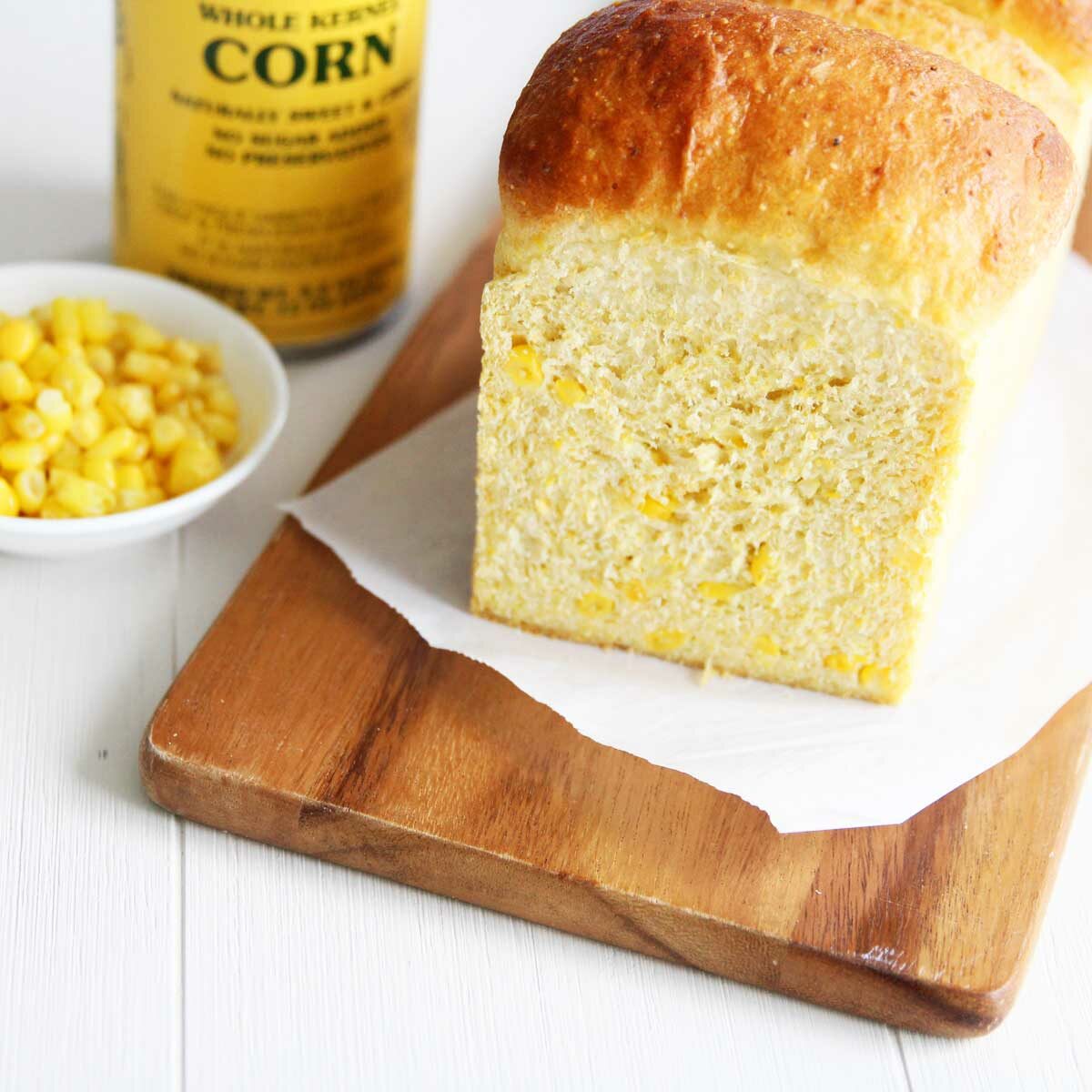
Here's why I love this recipe
- vegan - no eggs, milk or butter required
- a fun twist on traditional cornbread
- healthier than regular white bread
- easy to prepare if you have a stand mixer or breadmachine
- easy way to get rid of leftover corn
- can be enjoyed for breakfast, lunch and dinner
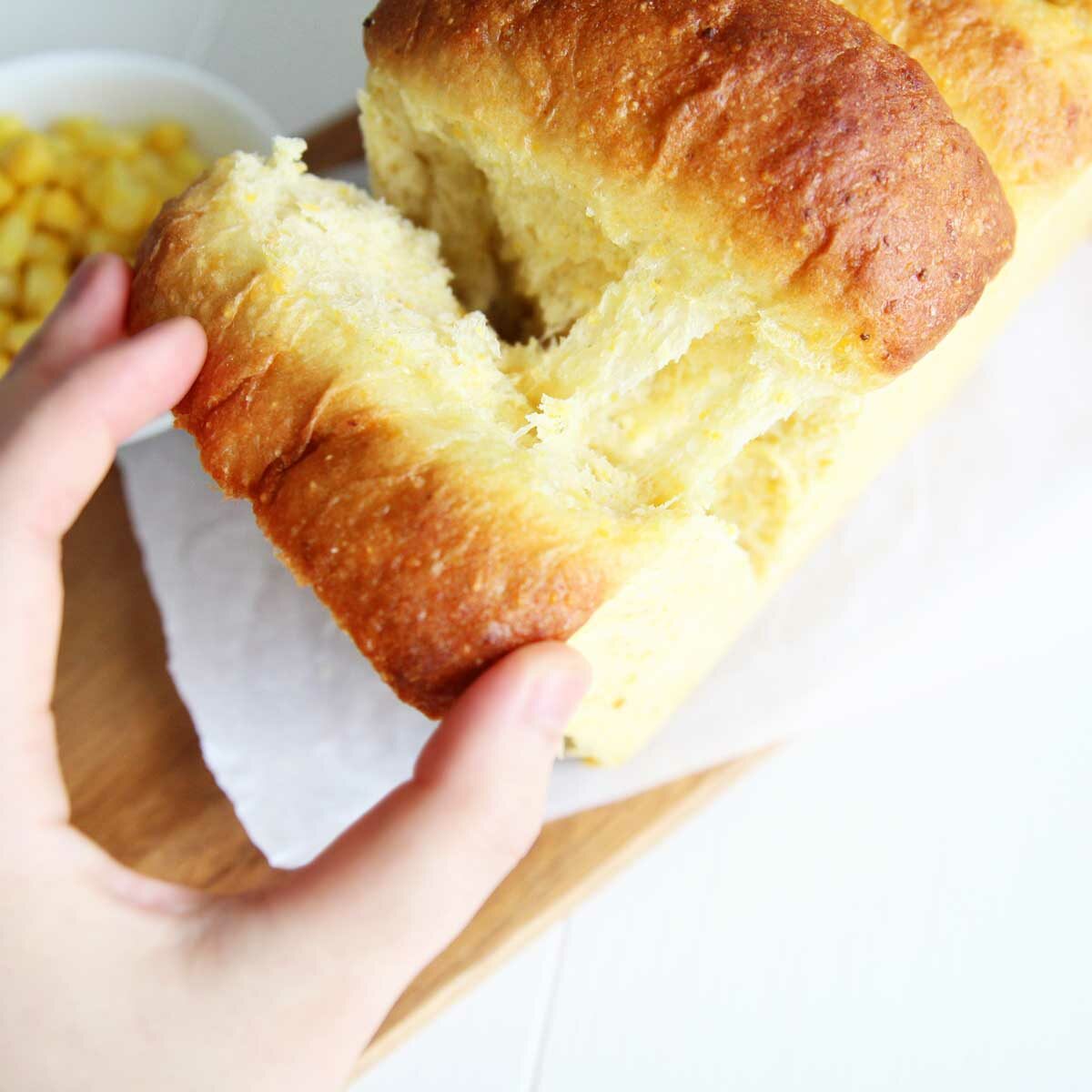
Ingredients Used to Make This Yeasted Cornbread Recipe
**I've linked some of these ingredients to amazon.com to give you an idea of what they are, but you should also be able to find them in your local grocery store (usually, the baking aisle, or the natural & organic food section). They are also affiliate links, which means that I earn a commission as an Amazon Associate if you decide to purchase the items. The price will be the same for you, link or no link 🙂
- Bread Flour - I used bread flour for this recipe (I use King Arthur Bread Flour most), which I prefer and highly recommend for the best texture and structure. Please read the note on the substitution section below if using other flours.
- Instant Yeast - you can find instant yeast in the baking section near the flours. My favorite is SAF Instant Premium Yeast, which works quickly and consistently produces great results. I recommend using instant yeast over active yeast for this recipe since active yeast (unlike instant yeast) needs to be activated in water, which we don't add until the very end.
- Sugar - I used raw cane sugar, but you can use regular granulated white sugar, or healthier alternatives like coconut, date, or maple sugars which are less processed and more natural. I also sometimes like to use honey powder.
- For yeasted breads, I would not recommend using sugar-free substitutes such as monk fruit sweetener or stevia powder since they can cause the bread to not rise properly. If you prefer a lower sugar recipe, you're welcome to leave out the sugar. The bread might taste slightly plain, but it will not significantly impact the shape or texture of the bread.
- Salt - Pink Himalayan salt is what I have at home, so it’s what I use, but you can use any kind for this recipe.
- Corn - we'll need whole kernel corn for this recipe. I used canned corn, but the corn can be from fresh, or from frozen. Read below to see how you should prep the corn depending on which you use:
- Canned Corn - For best results, drain and rinse the corn with water before using. It's best if you can find a "no salt added" corn. If you're using regular (salt added) corn, you can also adjust by using just half of the salt that's called for in the recipe.
- Frozen Corn - cook the frozen corn in the microwave or over stovetop at least until it's thawed or warm.
- Fresh Corn - Remove the corn kernels from the corn using a sharp knife. Since the corn will be cooked with the bread, there's no need to pre-cook the corn before using.
- Cooked Corn - no prep required on this one 🙂
- Corn Meal, any kind - in this recipe, the corn meal is optional, since we're already using a lot of corn puree. The corn meal is just used to add some additional texture, and it can be subbed with equal amounts of bread flour.
- Olive Oil - I like using light olive oil since it has a neutral flavor, but you can also any cooking oil of your choice like coconut oil, or avocado oil instead
Equipment
- I used a KitchenAid Stand Mixer with a dough hook to knead the dough. You're also welcome to use a bread machine, or knead the dough by hand.
Bread Pan
- I used a 9 x 4 x 4 pullman loaf pan for this recipe, which helps to create tall breads with straight sides/ edges that's perfect for baking sandwich breads. If you don't have a pullman loaf pan, you can also use a 9 x 5 loaf pan instead.
More Corn Recipes (HERE)
Step by Step Guide
How to Make Yeasted Corn Bread
STEP 1
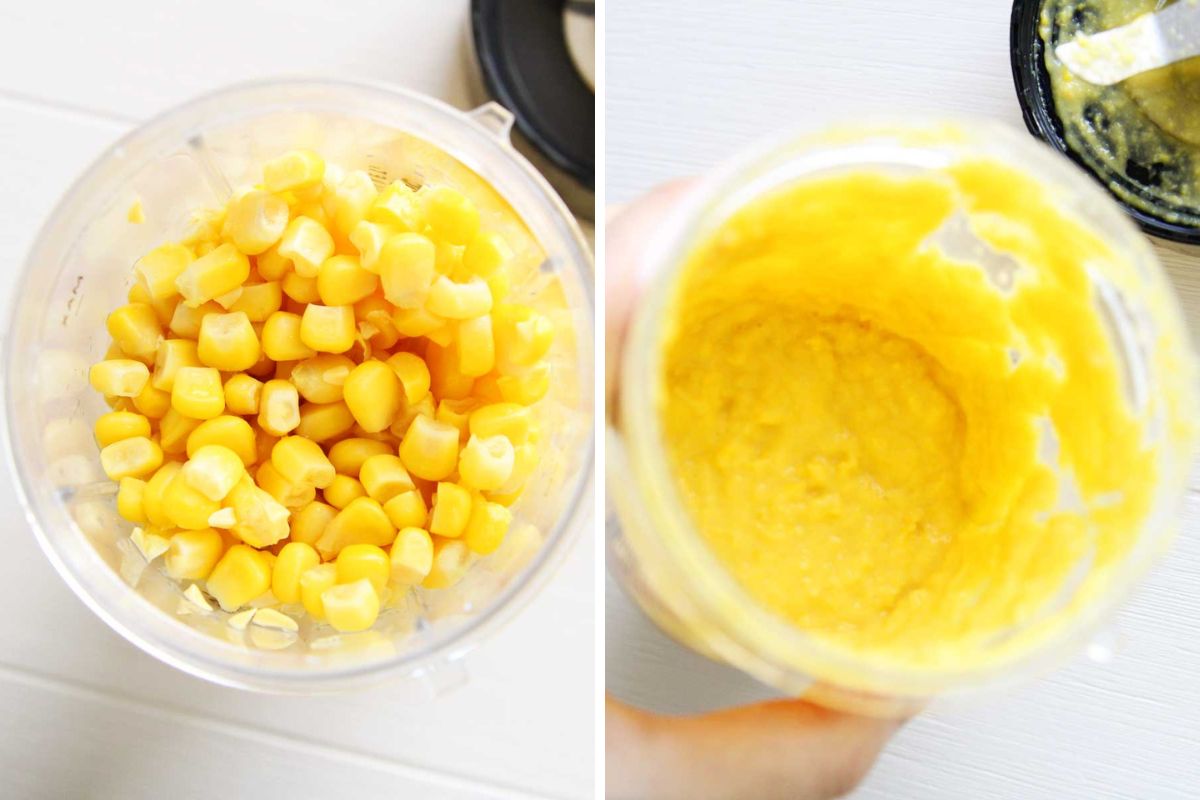
Prepare puree: drain a can of whole kernel corn, and rinse with water. Add to a mini blender or food processor and blend until pureed.
TIP: I actually prefer my puree with some chunks of corn so that there are some whole corn pieces that get incorporated into the bread dough.
STEP 2
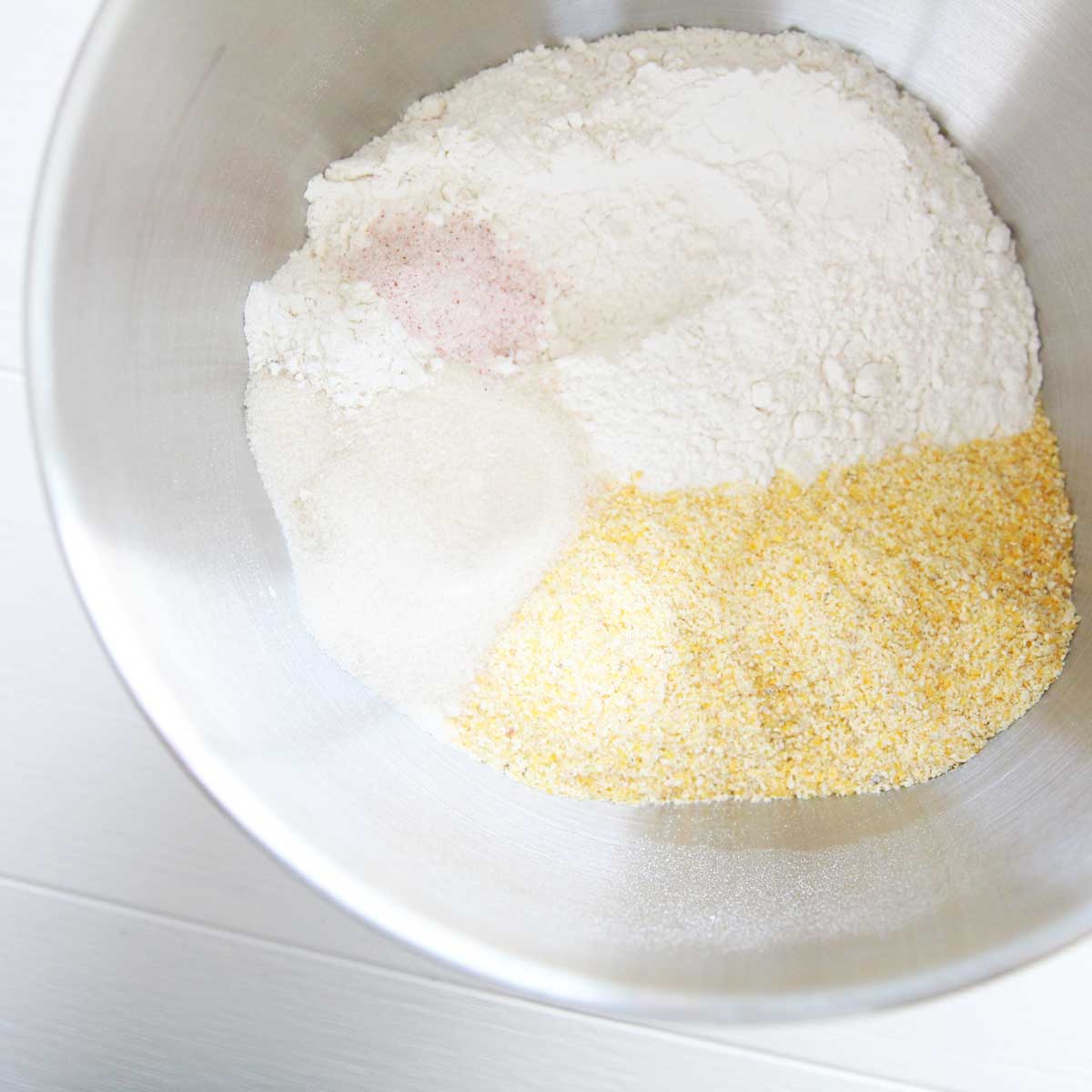
Mix all the dry ingredients in the bowl of the stand mixer.
STEP 3
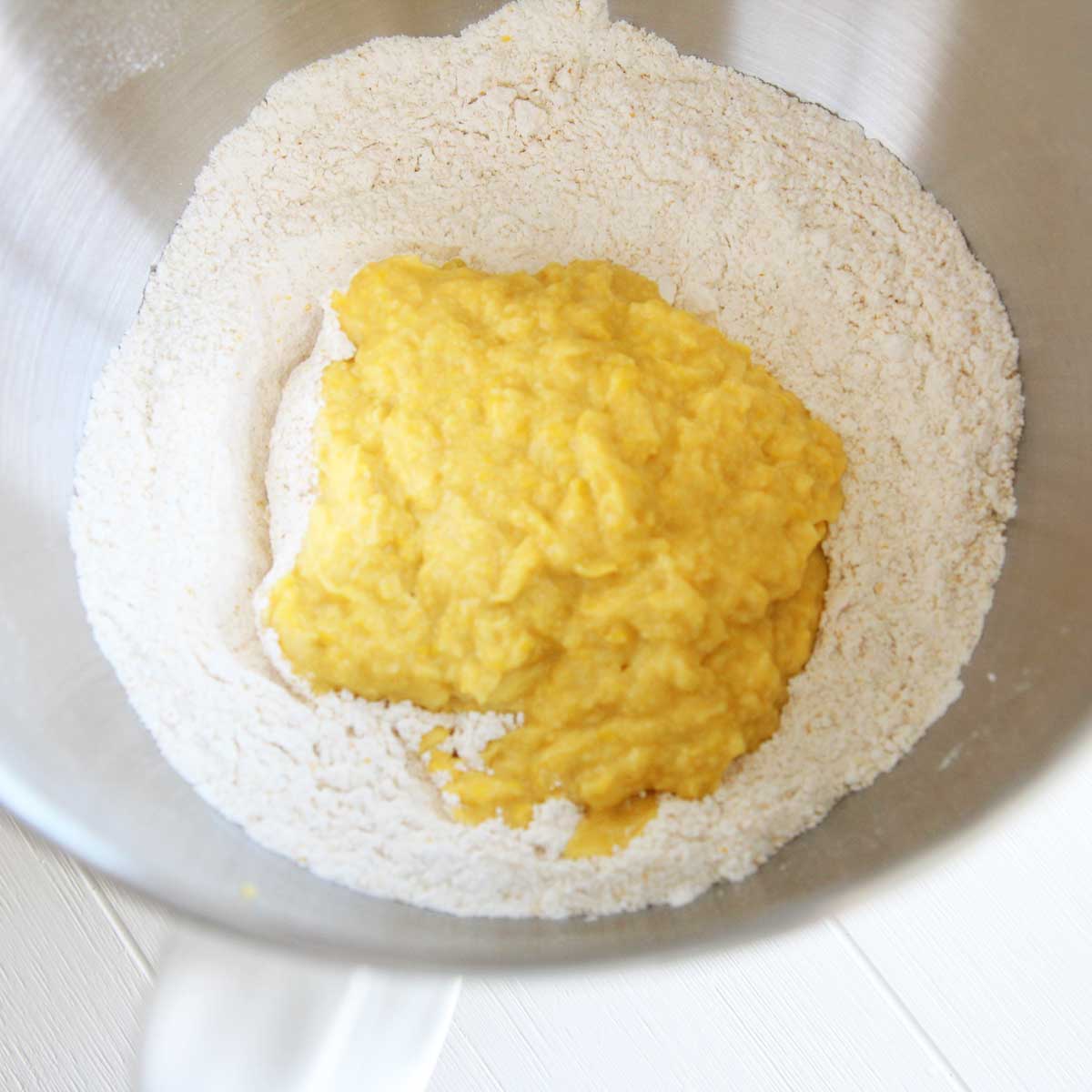
Add the pureed corn. Start to knead the dough at a low setting (speed 2) for about a minute
STEP 4
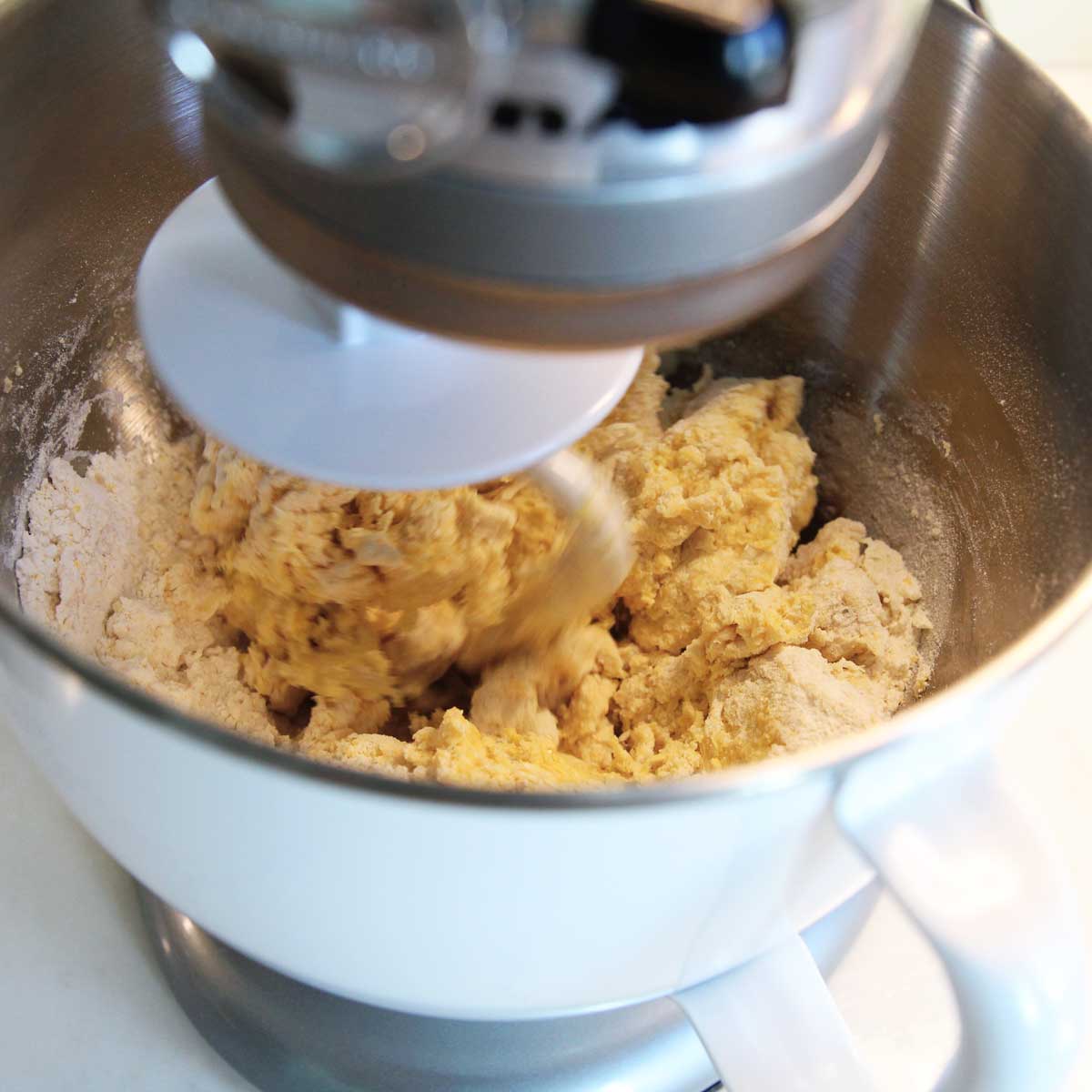
Add water one tablespoon at a time*, until all the ingredients are just barely combined, with no dry ingredients remaining.
*I used 2 Tbsp water, but more may be needed depending on the protein content of the flour, the water content in the puree, as well as the humidity and temperature of the kitchen. Be sure to add one tablespoon at a time, so you don’t overhydrate the dough.
Now add the olive oil, and continue to knead for about 8 to 10 minutes, or until the dough pulls away from the bowl and forms a smooth, supple ball.
STEP 5
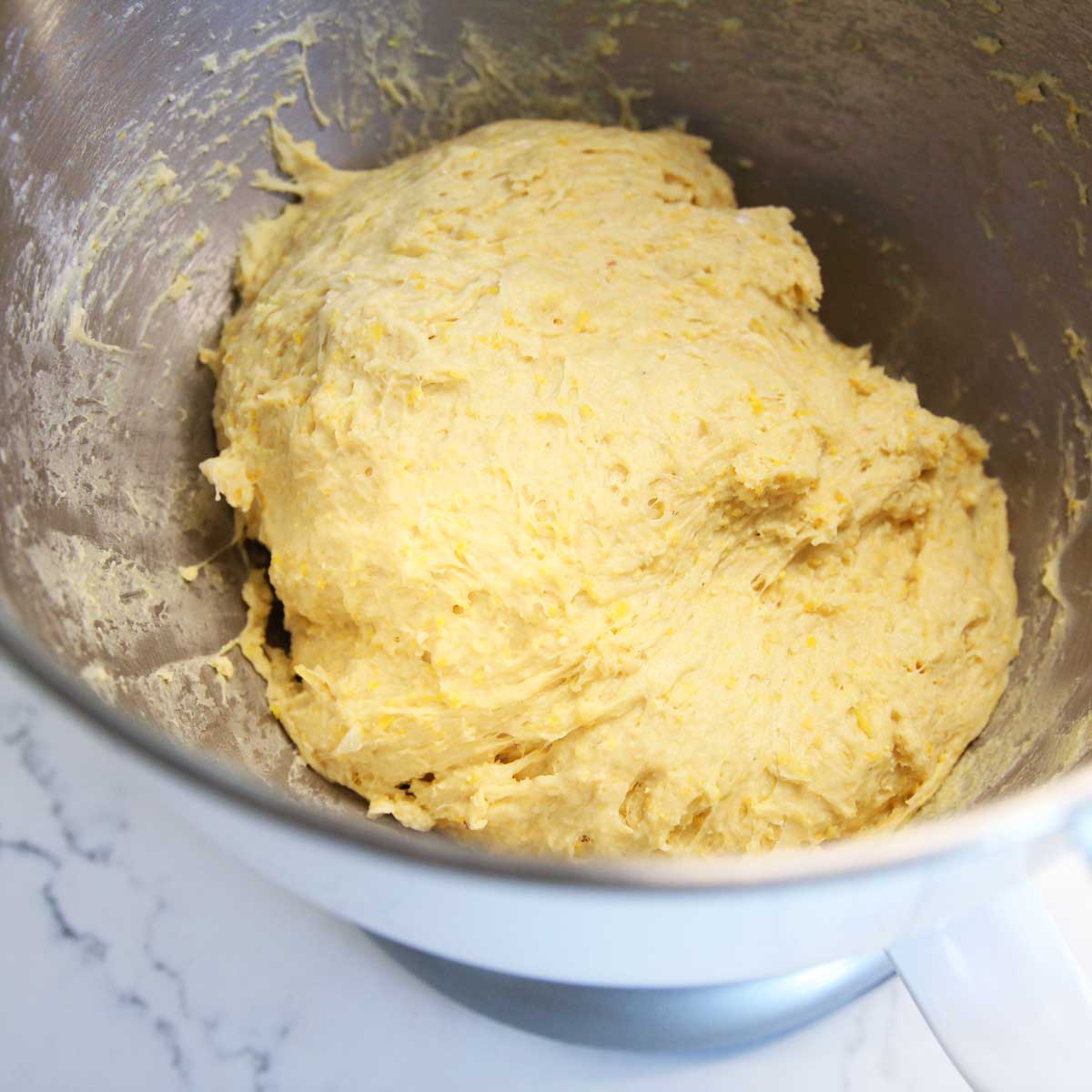
The dough will be slightly sticky. Use an oiled spatula to easily remove the finished dough from the mixer bowl and place the dough in a lightly greased bowl.
STEP 6
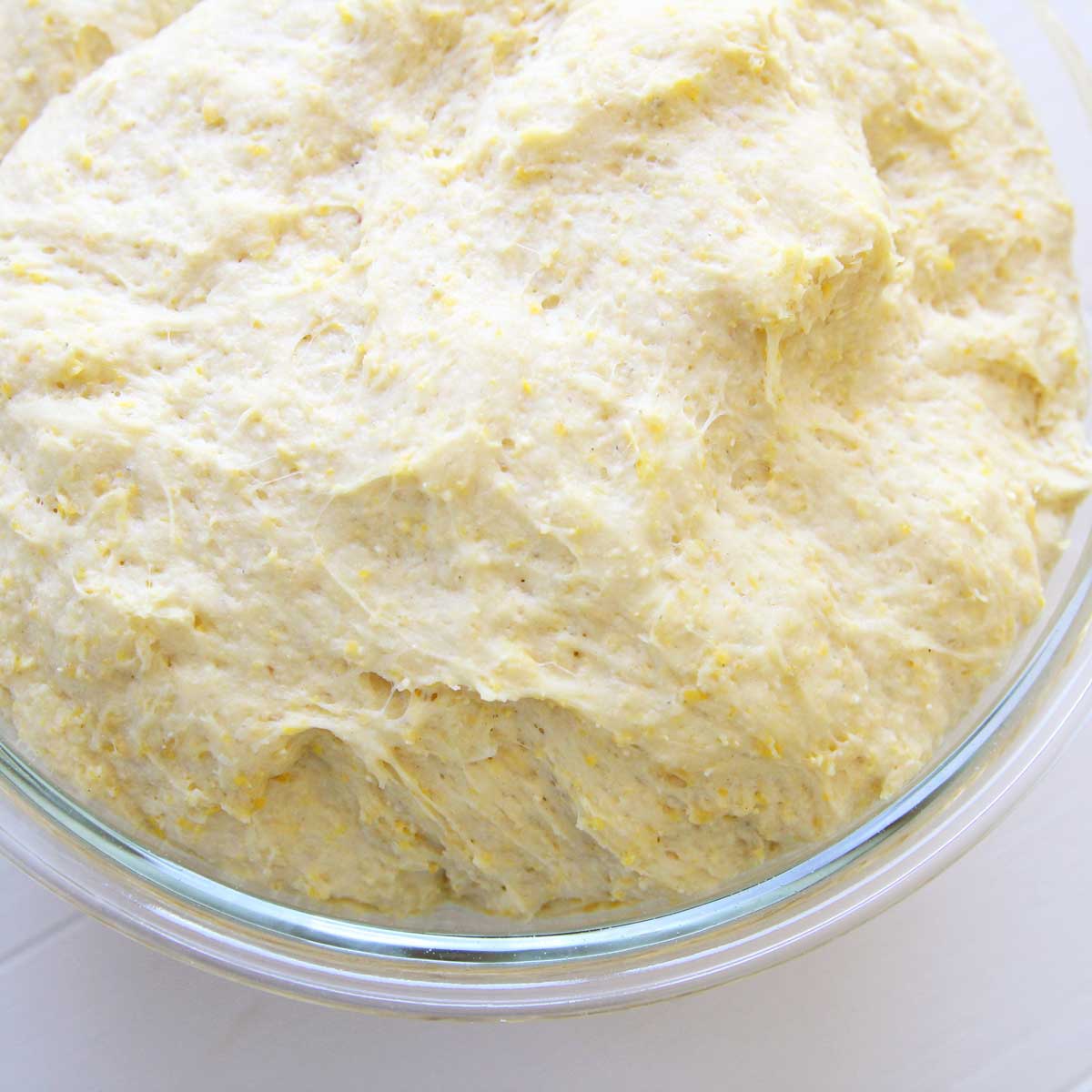
Cover and let rise until doubled, about 60-90 minutes.
**note: It’s best if the bowl is put in a warm place, and personally, I prefer using the oven that’s been preheated for just a quick 10 seconds and spritzed with some water. The moist and warm condition is perfect for the yeast bread to rise without it drying out. You can also place a bowl of hot water inside the oven so that the steam helps to maintain the humidity. This is especially useful during the winter months, when the conditions are cold and dry.
STEP 7
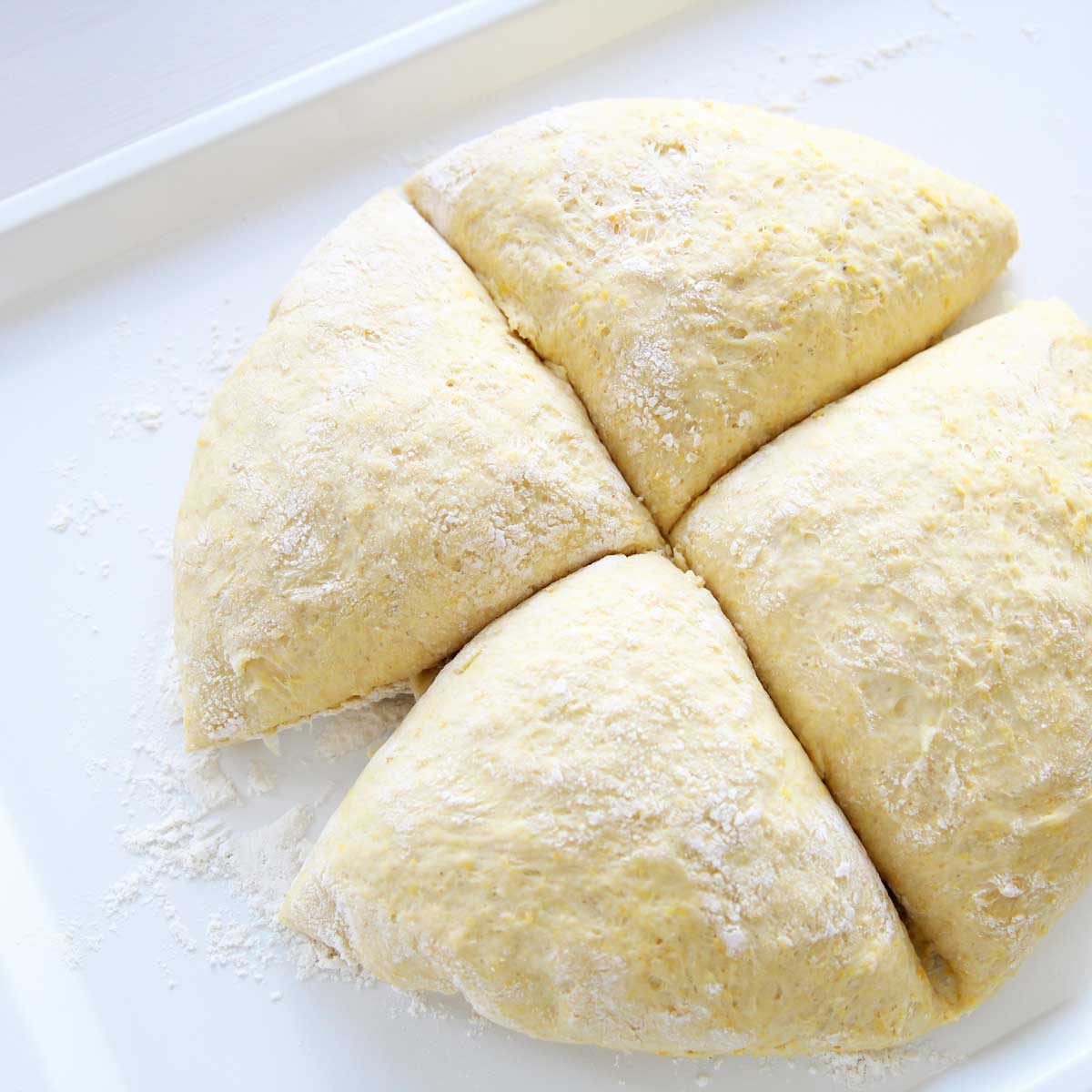
Punch down the dough, then remove it from bowl. Place on a generously floured surface and divide into 4 equal-sized pieces.
STEP 8
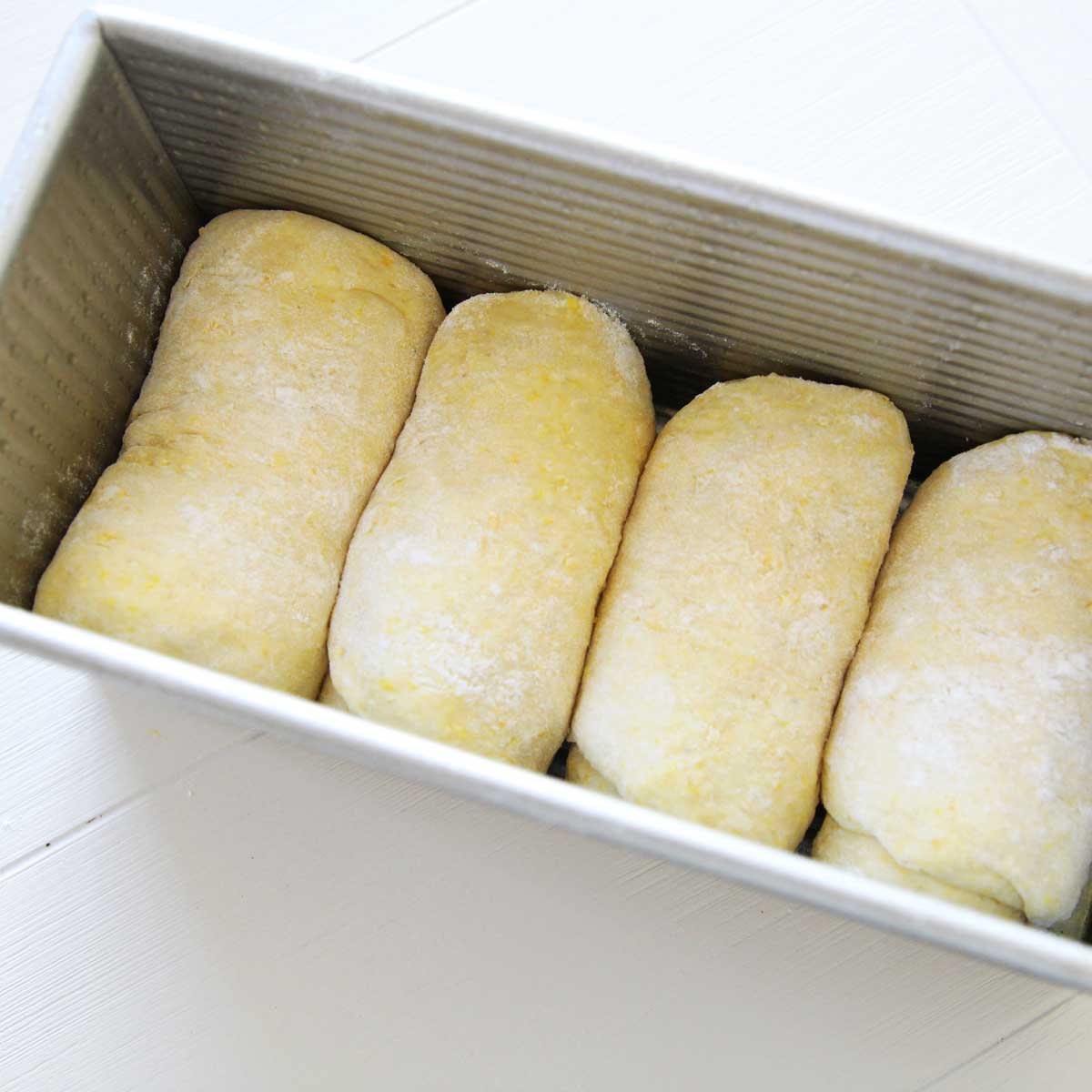
Use a small rolling pin to flatten each piece into a 6 x 9 inch rectangles, and fold it into thirds. Starting from the long side, roll the dough tightly into a tight cylinder (like a sushi roll or cinnamon roll). Pinch the ends to seal. Repeat with the other 3 pieces and place in a well-oiled bread pan. Here's a step-by-step guide to how I shape bread dough, here!
STEP 9
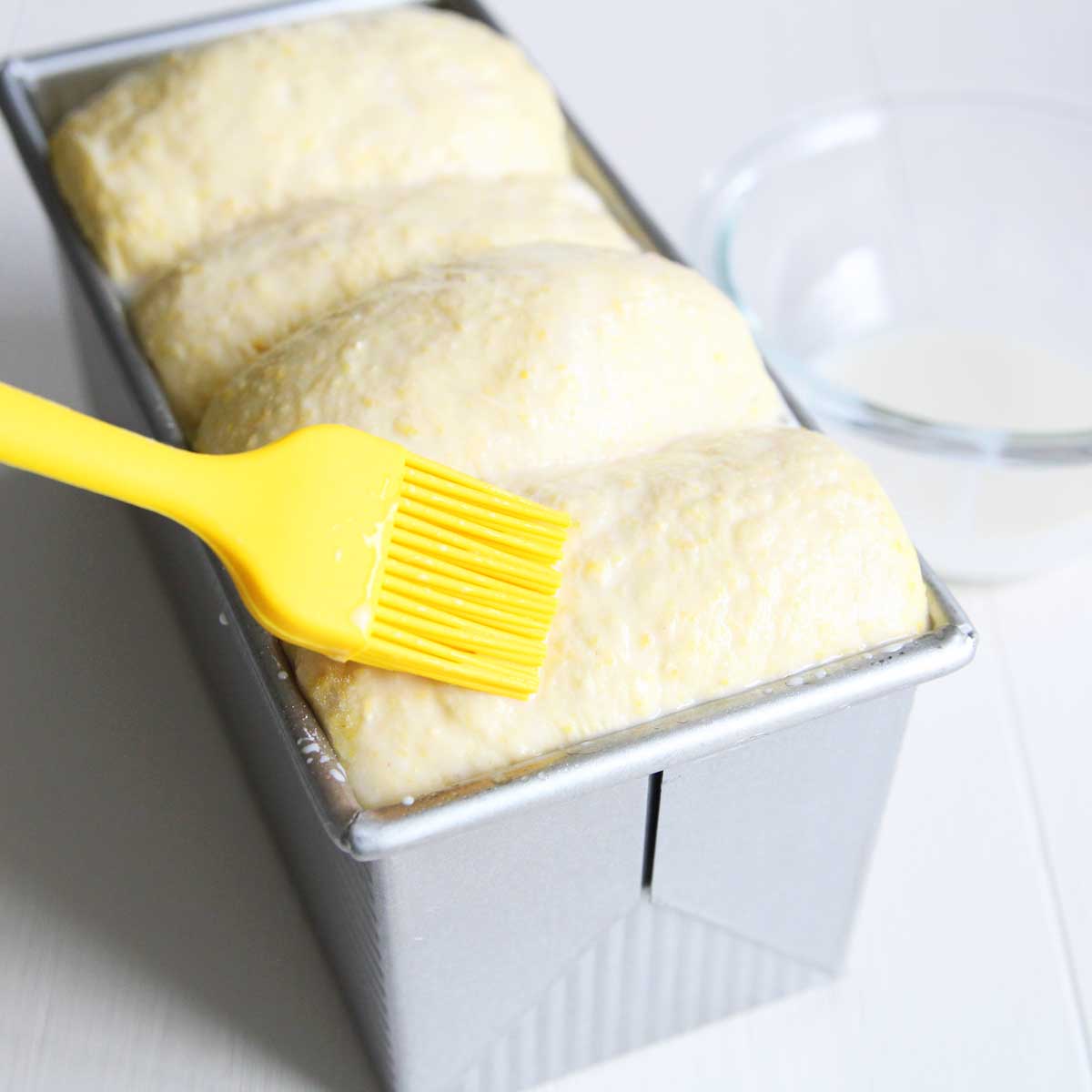
Let the dough rise again for 40-60 minutes until puffy. Toward the end of the rise time, preheat the oven to 350F / 180C , and brush with any milk of choice (I used almond milk).
STEP 10
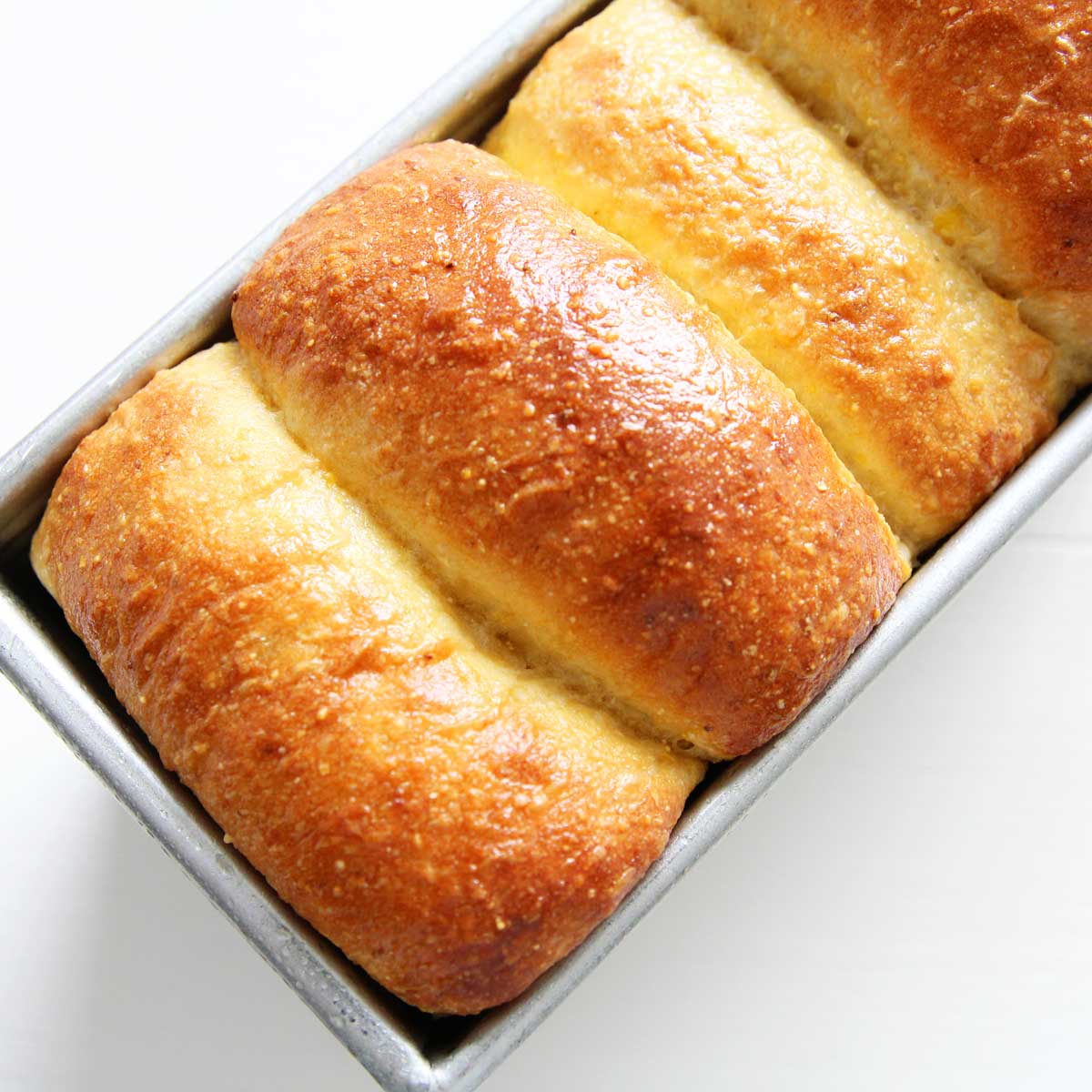
Bake the bread for 15 minutes, then cover / tent the bread with aluminum foil to prevent over-browning, and bake an additional 10 to 15 minutes, or until the interior of the bread reaches 190°F.
STEP 11
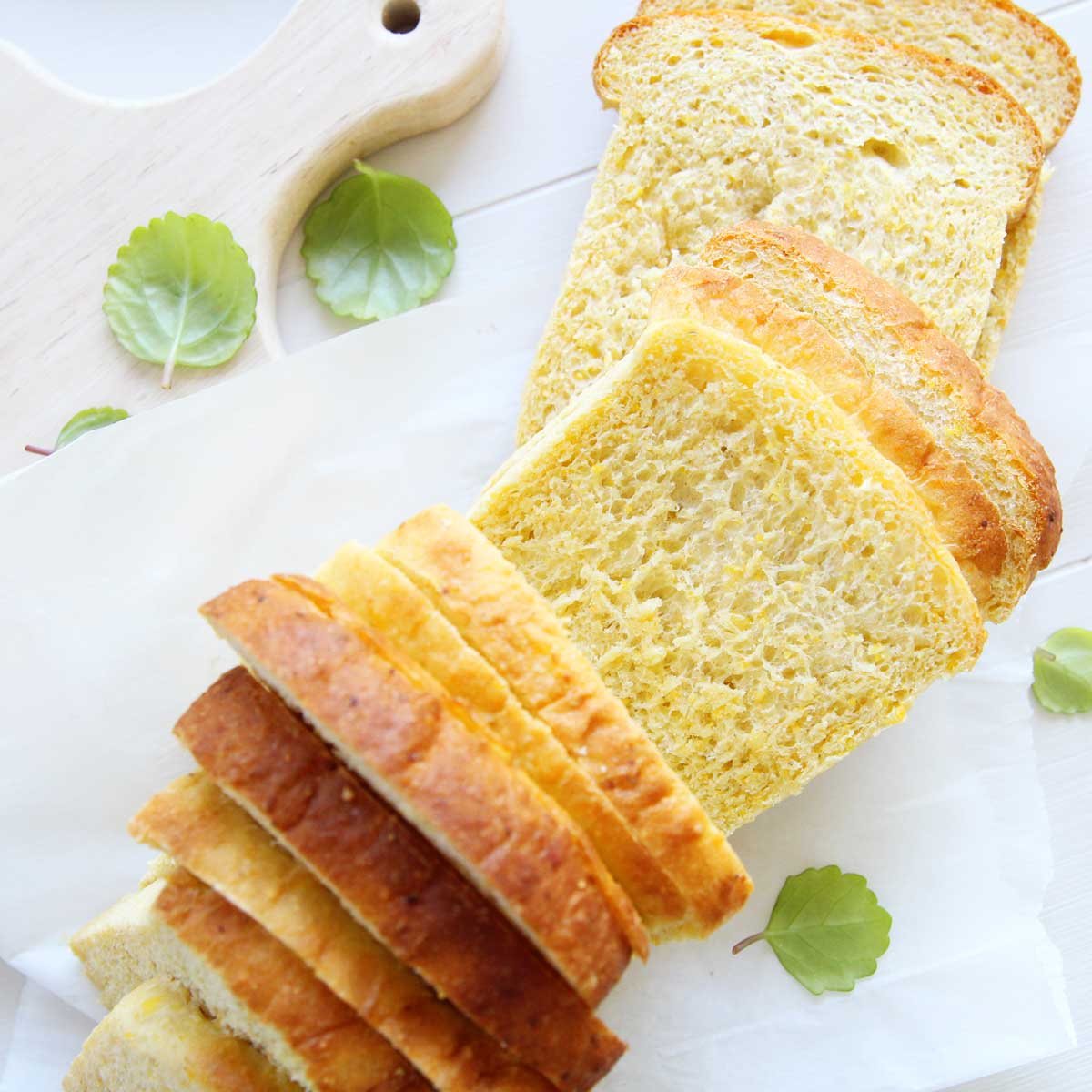
Take the bread out of the oven, turn it out on a rack, and cool it slightly before slicing.
Recipe Variations and Optional Add Ins for Yeasted Cornbread:
I made this bread recipe as basic and neutral flavored as possible so that people can customize it to fit their own tastes. Here are some awesome ways you can make this bread your own 🙂
- Add more flavor! A few tablespoons of grated parmesan cheese (nutritional yeast for a vegan twist) or a teaspoon or two of dried herbs would go really well with this corn bread. If you want a sweeter cornbread (like Southern Cornbread) version, you can add an additional 3 Tablespoons of sugar.
- Add more texture! Adding chopped nuts, seeds, or dried fruits or oats is a fantastic way to increase the nutrition and flavor in breads. You can also add up to ¼ cup more of corn meal.
- Turn them into dinner rolls - instead of baking this recipe in a loaf pan, divide the dough into 12 pieces, shape them into rolls. You'll have to adjust the baking time (about 15 minutes for the batch).
- Want to add more fiber? Substitute white whole wheat flour for up to half of the bread flour called for in this recipe. You'll need to add a couple more tablespoons of water to adjust the hydration since whole wheat flour absorbs more water than white flour.
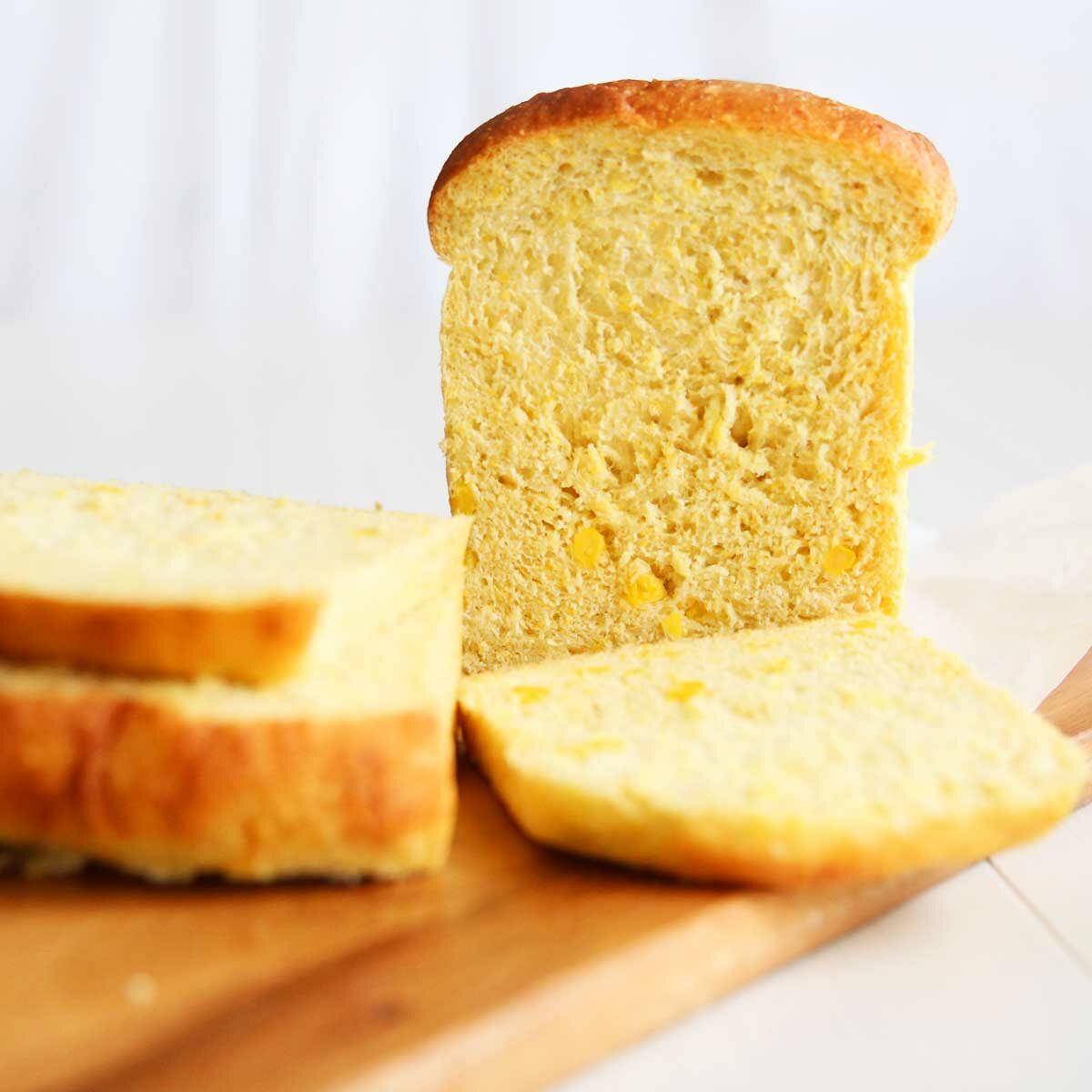
Note on Substitutions
- Unfortunately, gluten-free flours cannot be substituted for bread flour in this recipe.
- While bread flour is highly recommended, all-purpose flour can be used instead with 1 tsp of vital wheat gluten for every cup of flour.
- Liquid sweeteners such as maple syrup, honey or molasses can replace all of the sugar in this recipe, but it makes the dough softer and more difficult to handle since it contributes additional moisture. Increase bread flour by 1-2 Tablespoons to adjust.
What are some ways you can eat and serve this Bread?
- Plain and warm, right out of the oven
- Toasted the next day, served with jam, marmalade, honey or butter
- Sliced and use for any sandwich.
- And if you do get any leftovers or stale bread left, use it for french toasts or grilled cheese.
How to Store
- You can store this bread loaf, well wrapped, at room temperature for up to 3-4 days.
- For longer storage, you can place them in a plastic freezer bag or airtight container and freeze up to 3 months, then defrost them at room temperature or microwave before eating.
Final Tips
- Weigh your flour for the best results. 1 cup of bread flour = 120 grams / 4.23 oz. This is recommended since scooping the flour directly from the bag can can pack the flour into the measuring cup, and this means you'll end up with more flour than what's called for in the recipe. If you don't have a kitchen scale, you can measure the flour by spooning pre-sifted flour into the measuring cup, then using the straight end of the spoon to level the flour across the top to sweep off the excess.
- Baking time (as well as serving size) will vary based on the size of your baking pan, the material (silicone vs metal) of the pan. If you're not sure whether the bread is ready, you can insert a quick read thermometer into the bread - a finished loaf will register 190 F (or 88 C).
- To make this recipe in the bread machine: add all the dry ingredients into the machine, stir briefly before adding the wet ingredients. The machine can be set for basic. Check the dough for consistency and adjust by adding additional water (or flour) before the end of the first kneading cycle. If you want to add additional nuts or dried fruits, leave them aside, and only them 3 minutes before the end of the second kneading cycle.

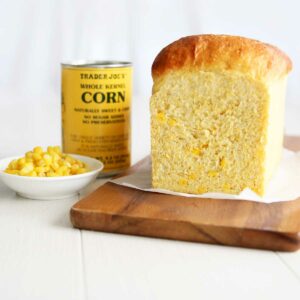
Yeasted Cornbread / Sandwich Bread
Ingredients
- 2 ⅔ cups whole corn kernels , see notes *
- 3 ½ cups bread flour (420 g) sifted and leveled**
- ¼ cup corn meal , or more bread flour
- 2 tsp instant yeast
- 3 Tbsp sugar***
- 1 ½ tsp salt , use half the amount if using canned corn
- 2 Tbsp water
- 2 Tbsp light olive oil melted coconut oil or avocado oil
Instructions
- Prepare corn puree**** by blending cooked corn kernels in a blender until creamy (some chunks ok). Note: you'll need 1 ½ cups of corn puree.
- Mix all the dry ingredients (bread flour, corn meal, yeast, sugar, salt) in the bowl of the stand mixer.
- Add the corn puree and water to the dry ingredients
- Start to knead the dough at a low setting (speed 2) for about a minute
- Add water one tablespoon at a time*, until all the ingredients are just barely combined, with no dry ingredients remaining.*I used 2 Tbsp water, but more may be needed depending on the protein content of the flour, the water content in the puree, as well as the humidity and temperature of the kitchen. Be sure to add one tablespoon at a time, so you don’t overhydrate the dough.
- Add the olive oil next.
- Continue to knead for about 8 to 10 minutes, or until the dough pulls away from the bowl and forms a smooth, supple ball.
- Remove the finished dough from the mixer bowl and place in a lightly greased bowl.
- Cover and let rise until doubled, about 60-90 minutes*****
- Punch down the dough, then remove from bowl. Place on a generously floured surface and divide into 4 equal sized pieces.
- Use a small rolling pin to flatten each piece into a 6 x 9 inch rectangles, and fold into thirds. Starting from the long side, roll the dough tightly into a tight cylinder (like a sushi roll or cinnamon roll). Pinch the ends to seal. Repeat with the other 3 pieces and place in a well-oiled bread pan. Here's a step by step guide to how I shape bread dough, here!
- Let the dough rise again for 40-60 minutes until puffy. Toward the end of the rise time, preheat the oven to 350F / 180C
- Optional: To add some color and shine to the bread as it bakes, gently brush the tops of the bread with 1 Tbsp of non-dairy milk mixed with 1 Tbsp of maple syrup. (Regular milk or egg wash also works).
- Bake the bread for 15 minutes, then cover / tent the bread with aluminum foil to prevent over-browning, and bake an additional 10 to 15 minutes, or until the interior of the bread reaches 190°F.
- Take the bread out of the oven, turn it out on a rack, and cool it slightly before slicing.
- You can store this bread loaf, well wrapped, at room temperature for up to 3-4 days. For longer storage, you can place them in a plastic freezer bag or airtight container and freeze up to 3 months, then defrost them at room temperature or microwave before eating.
Video
Notes
- Canned Corn - For best results, drain and rinse the corn with water before using. It's best if you can find a "no salt added" corn. If not, we can also adjust the salt that's added to the bread (more details on the recipe card).
- Frozen Corn - cook the frozen corn in the microwave or over stovetop at least until it's thawed or warm.
- Fresh Corn - Remove the corn kernels from the corn using a sharp knife. Since the corn will be cooked with the bread, there's no need to pre-cook the corn before using.
- Cooked Corn - no prep required on this one 🙂

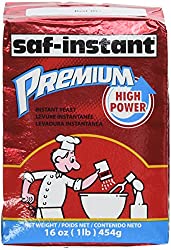
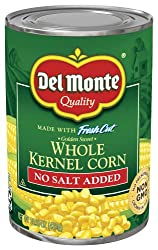
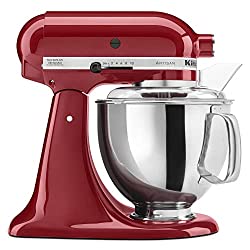

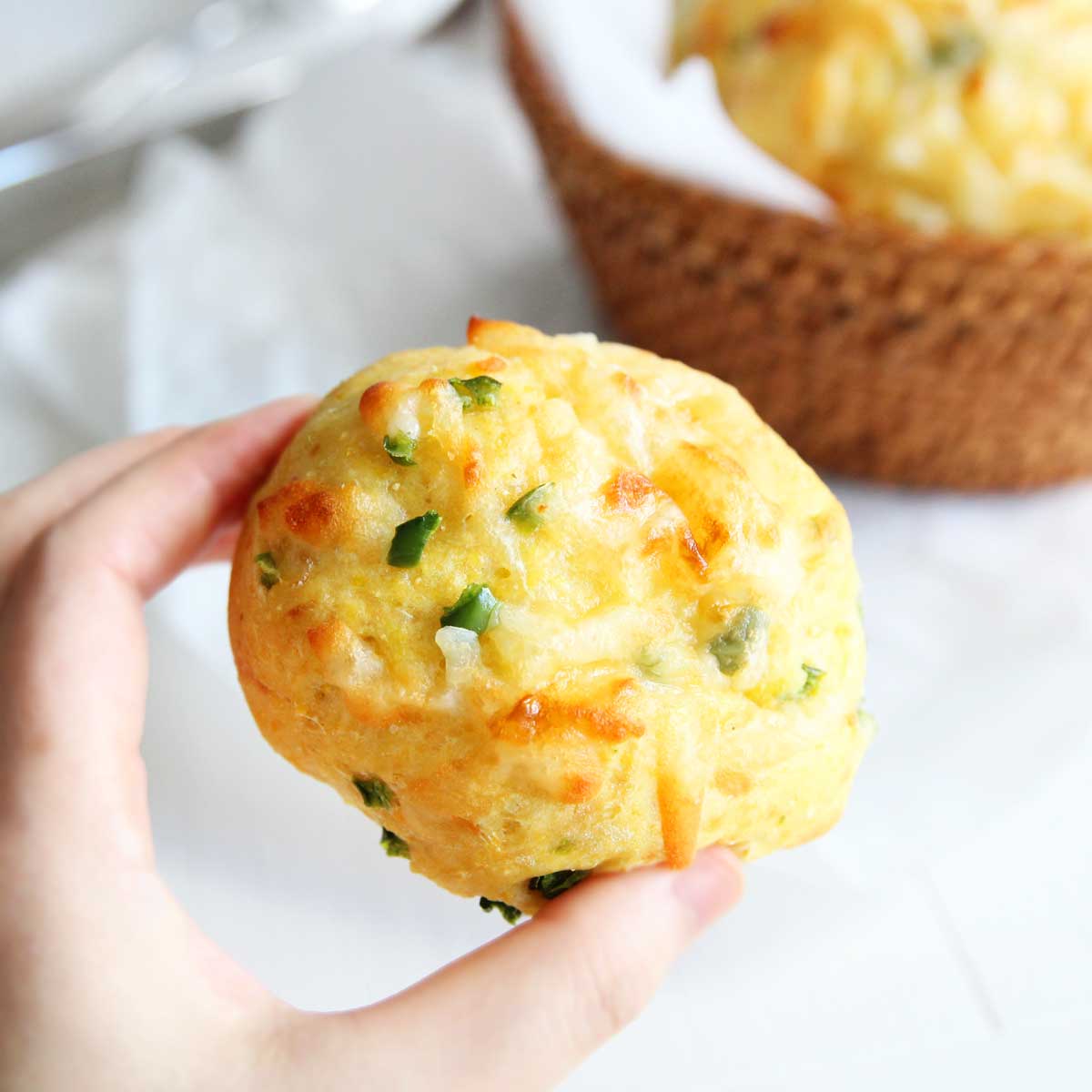
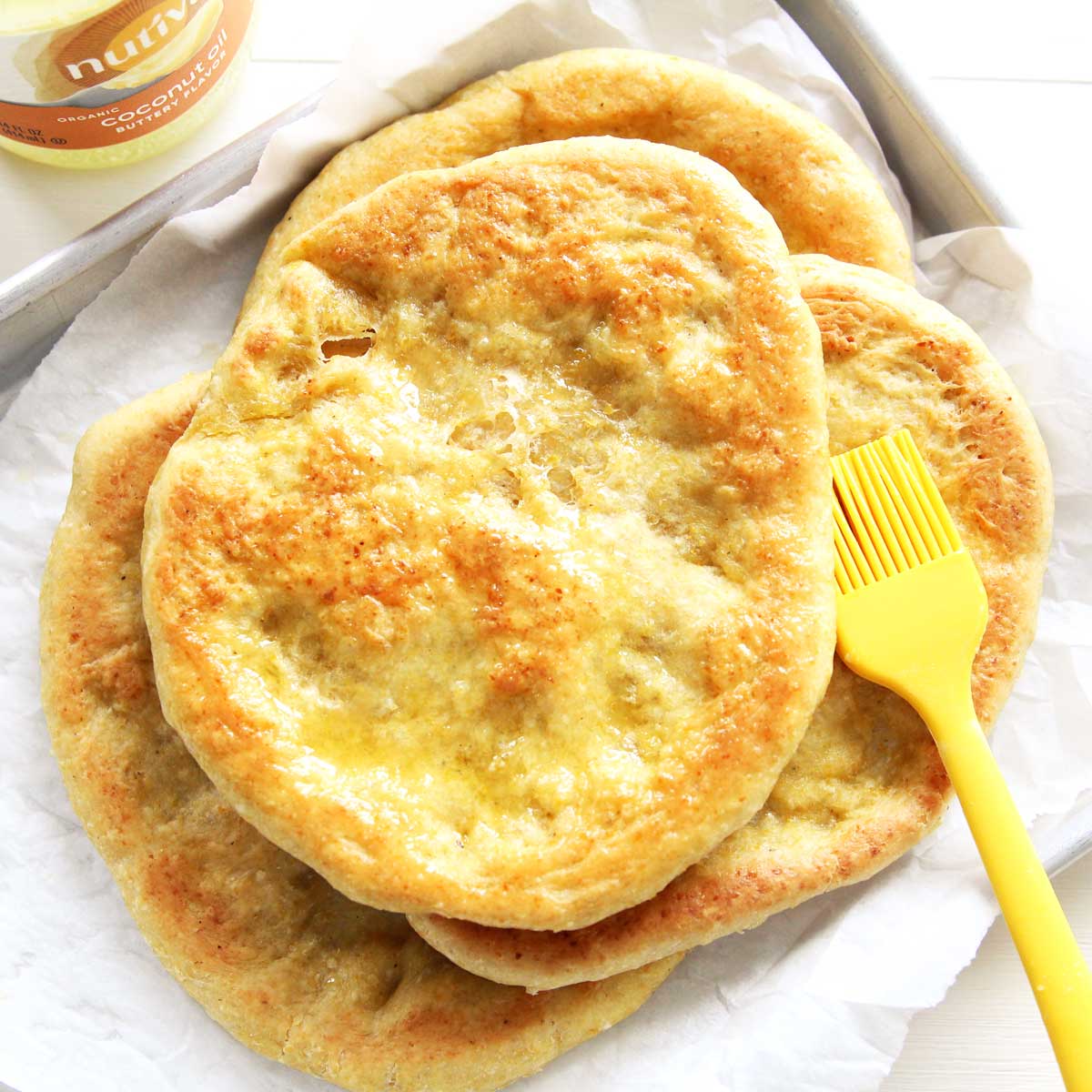
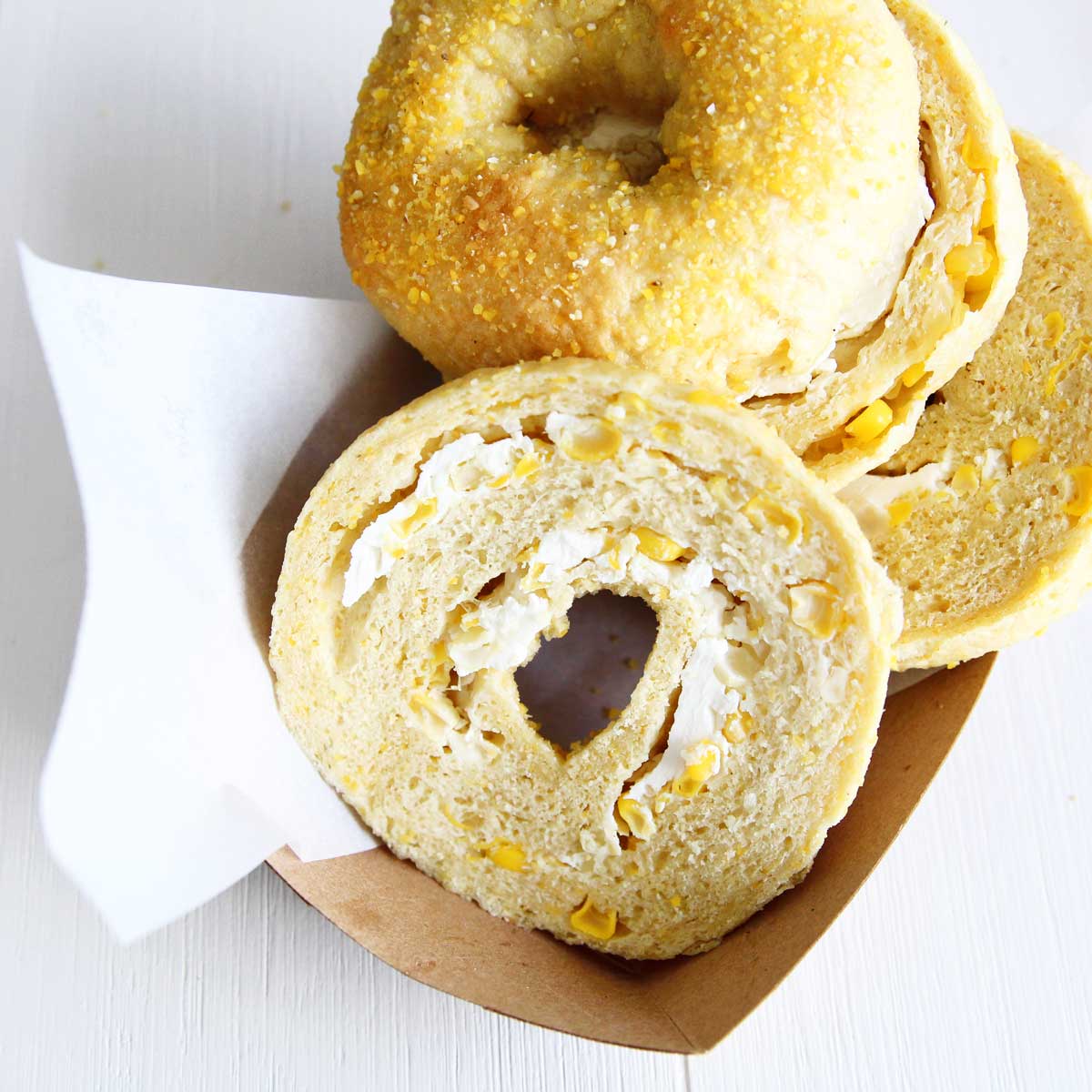
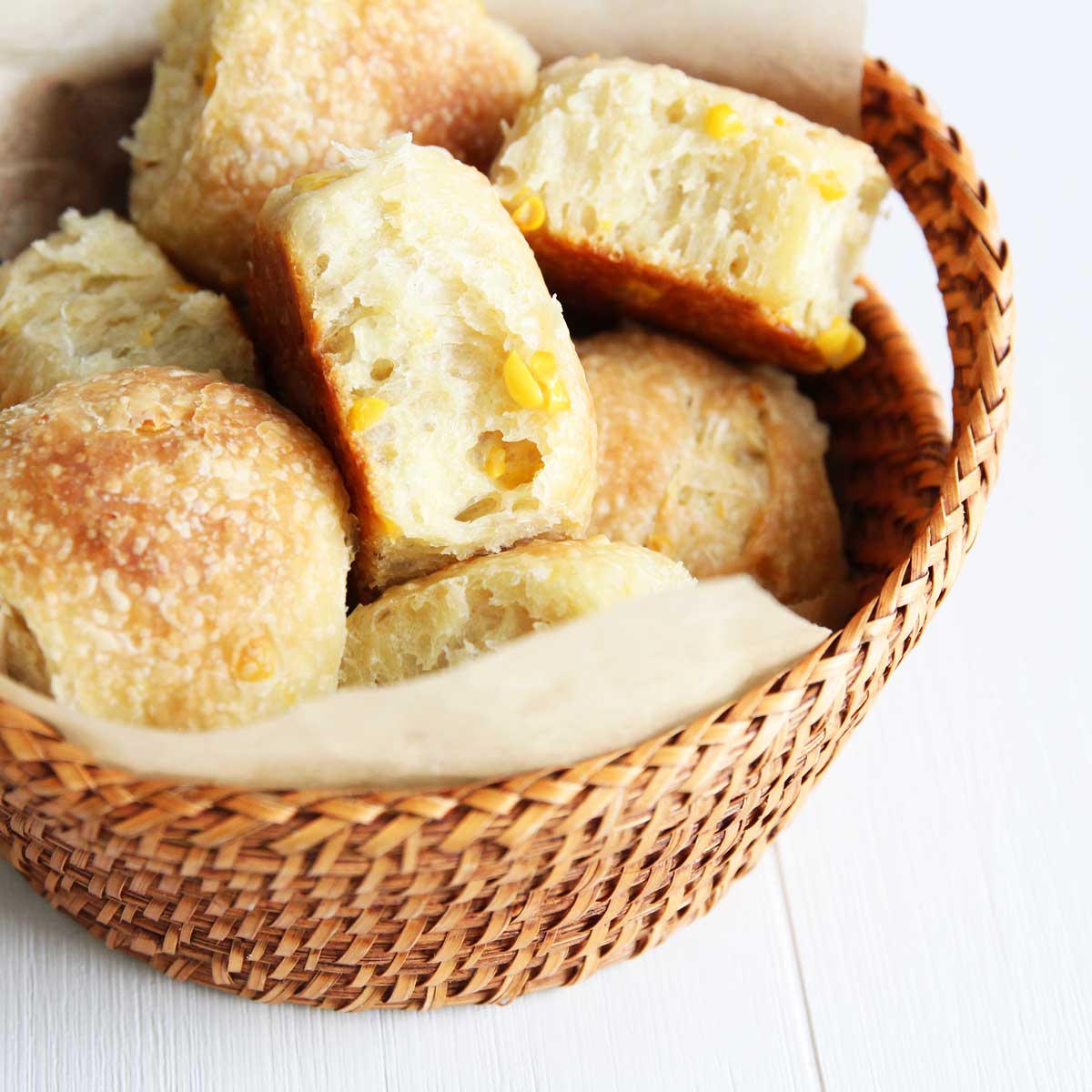

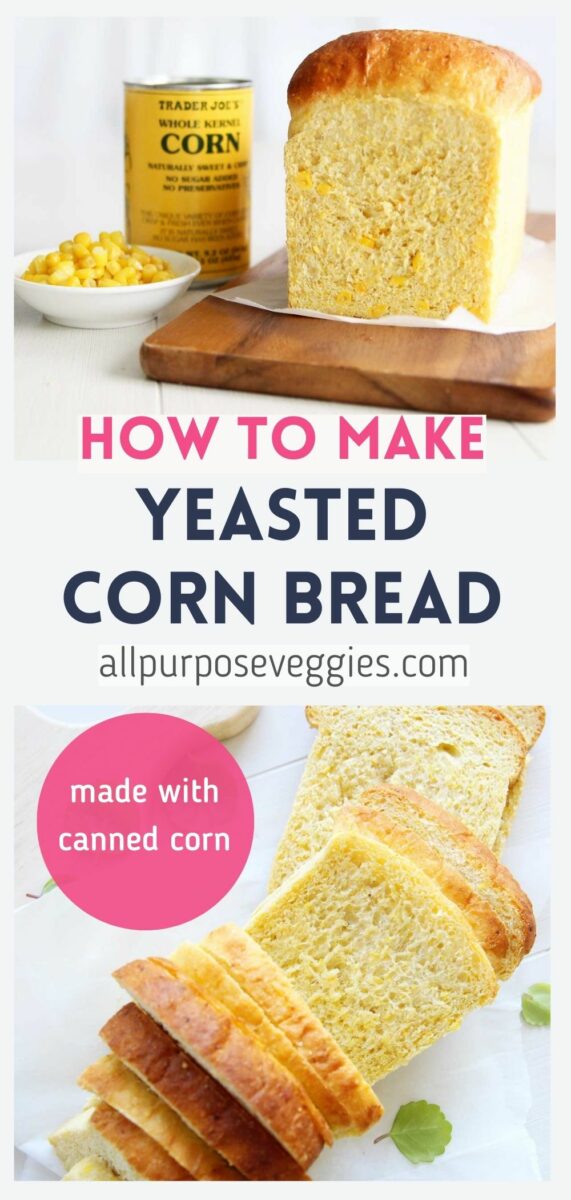
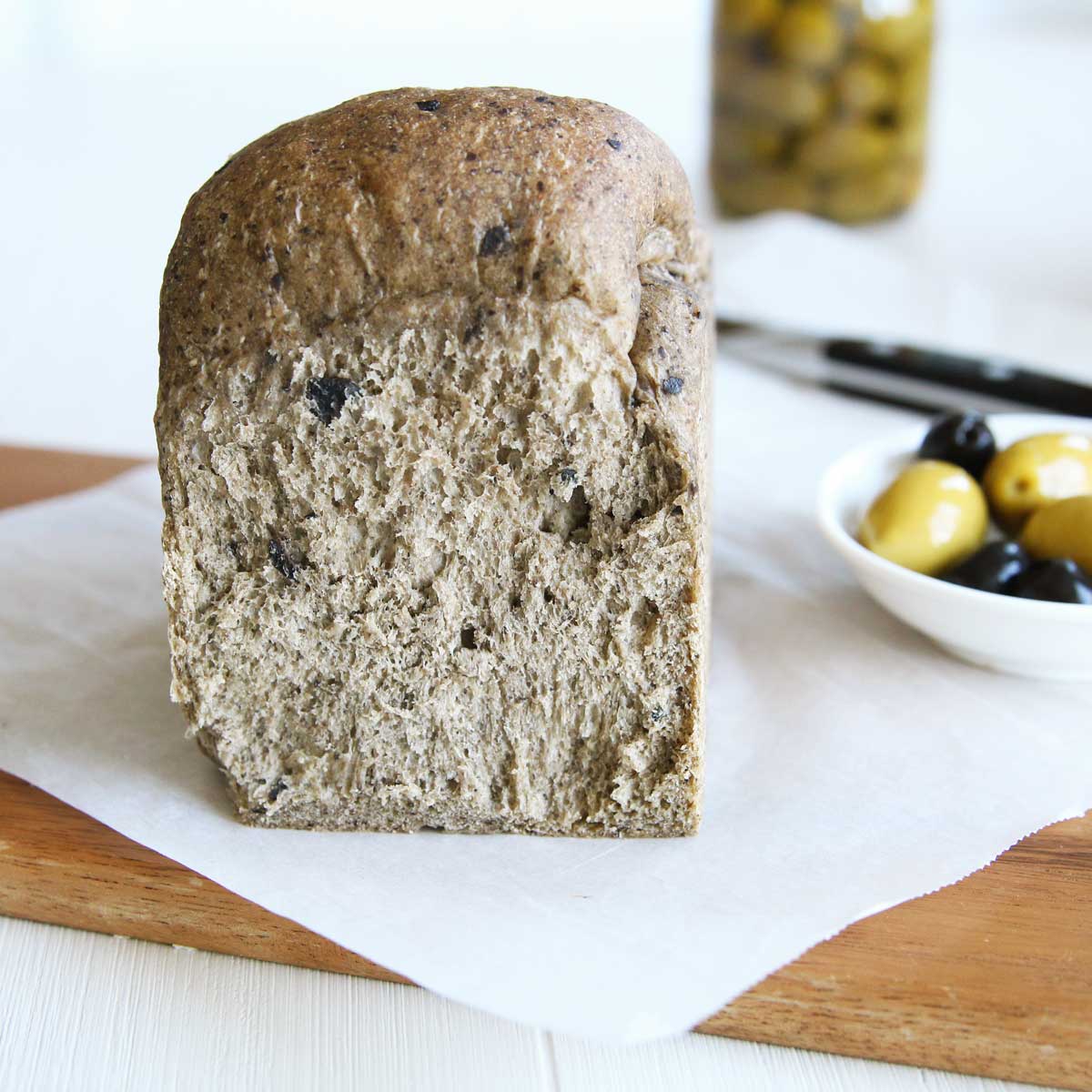
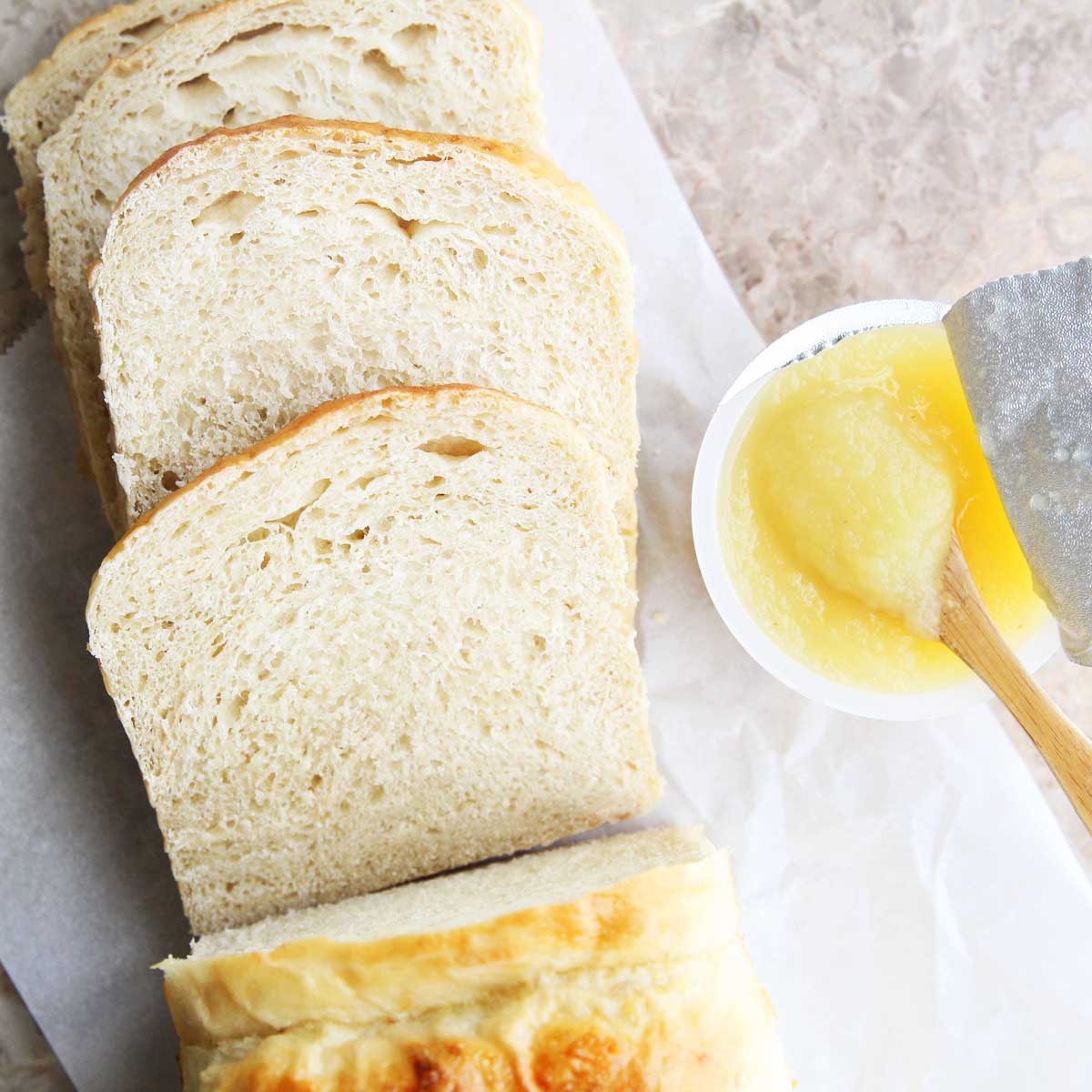
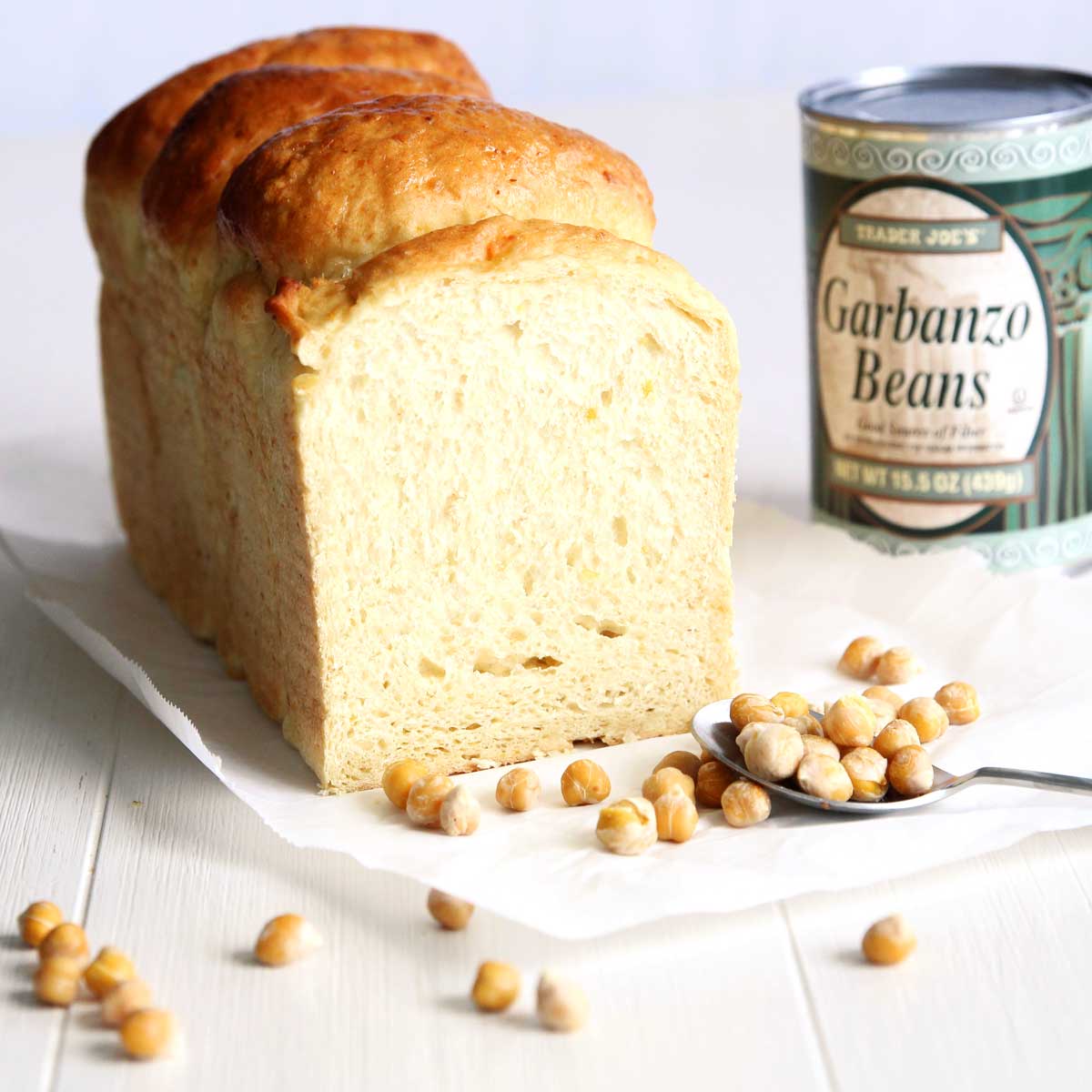
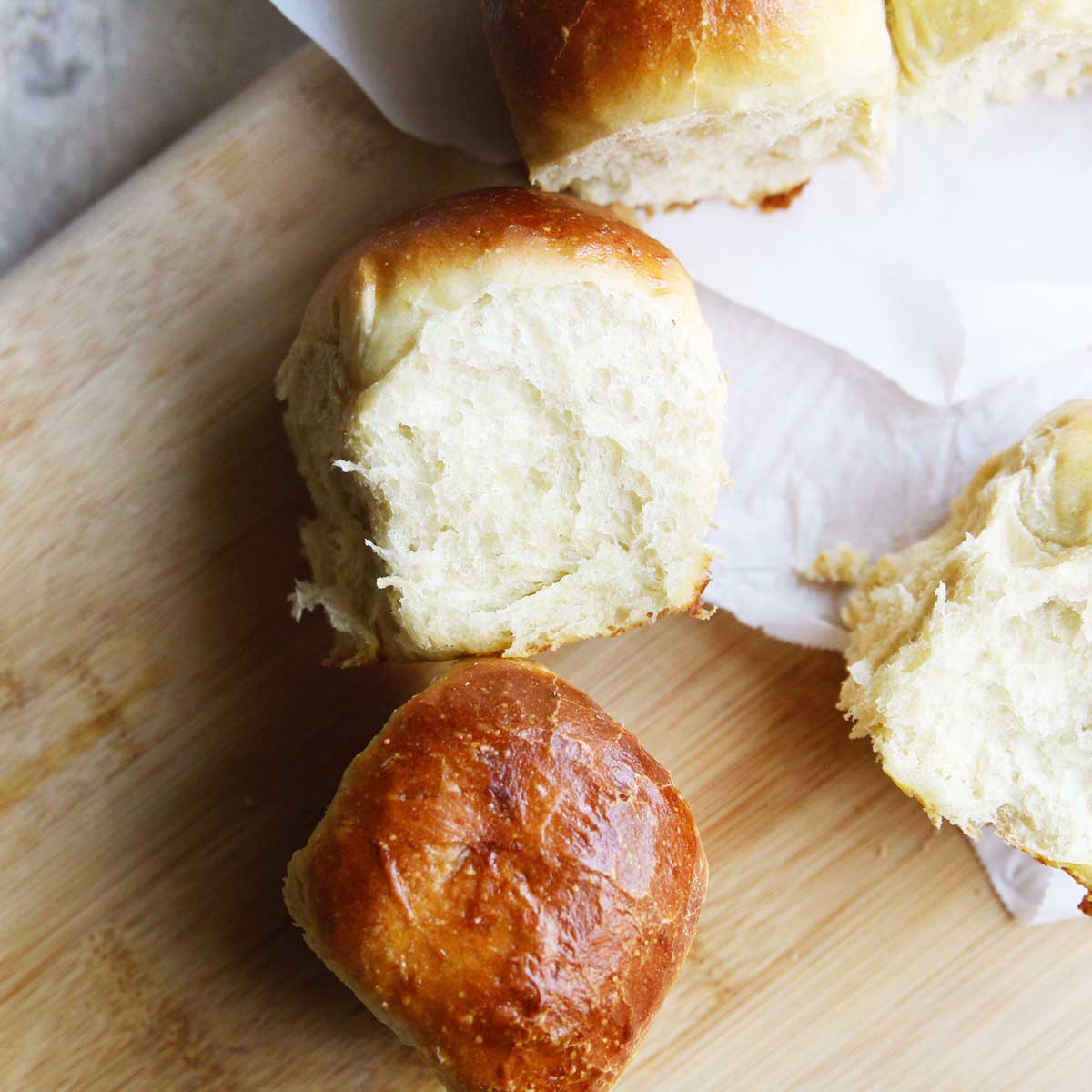
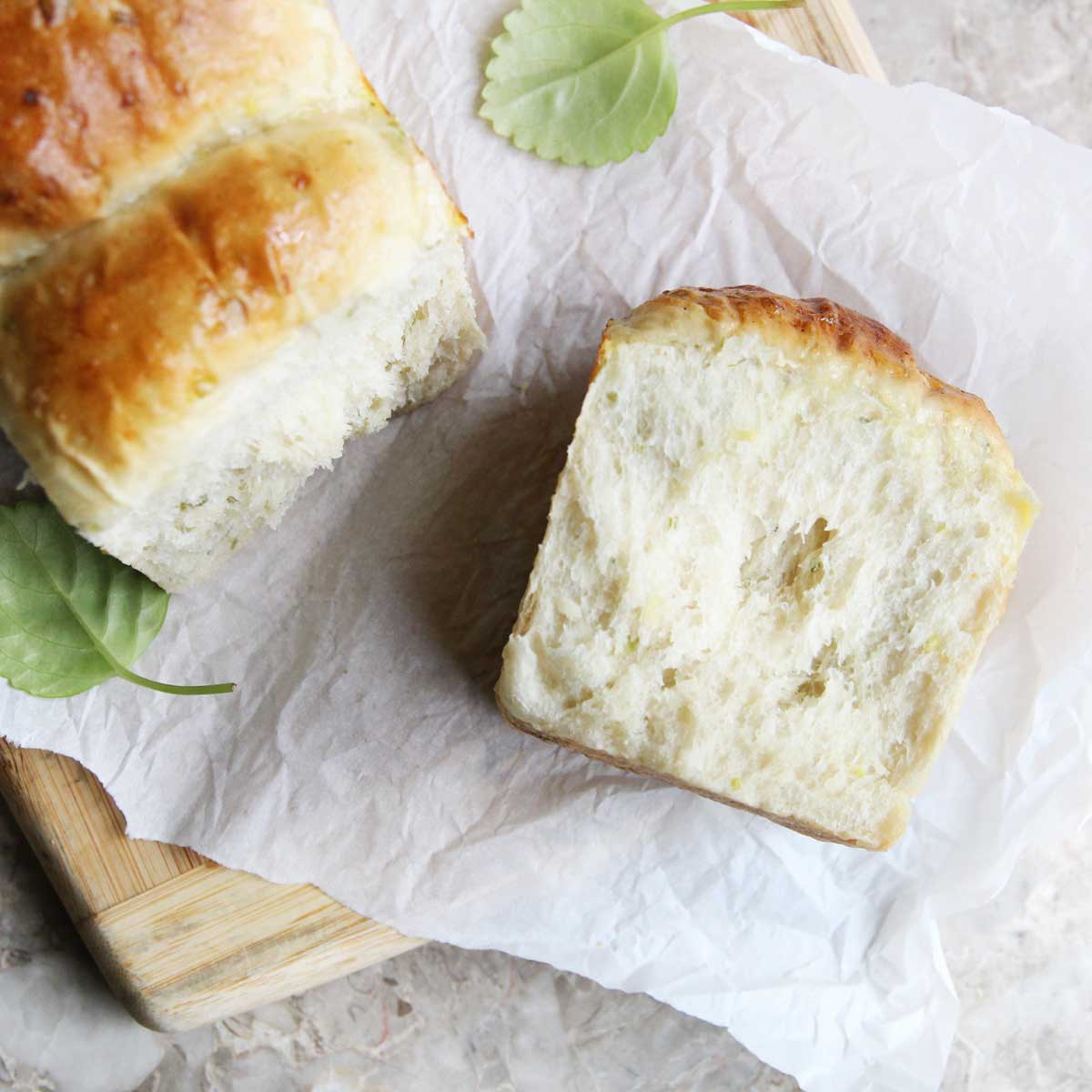
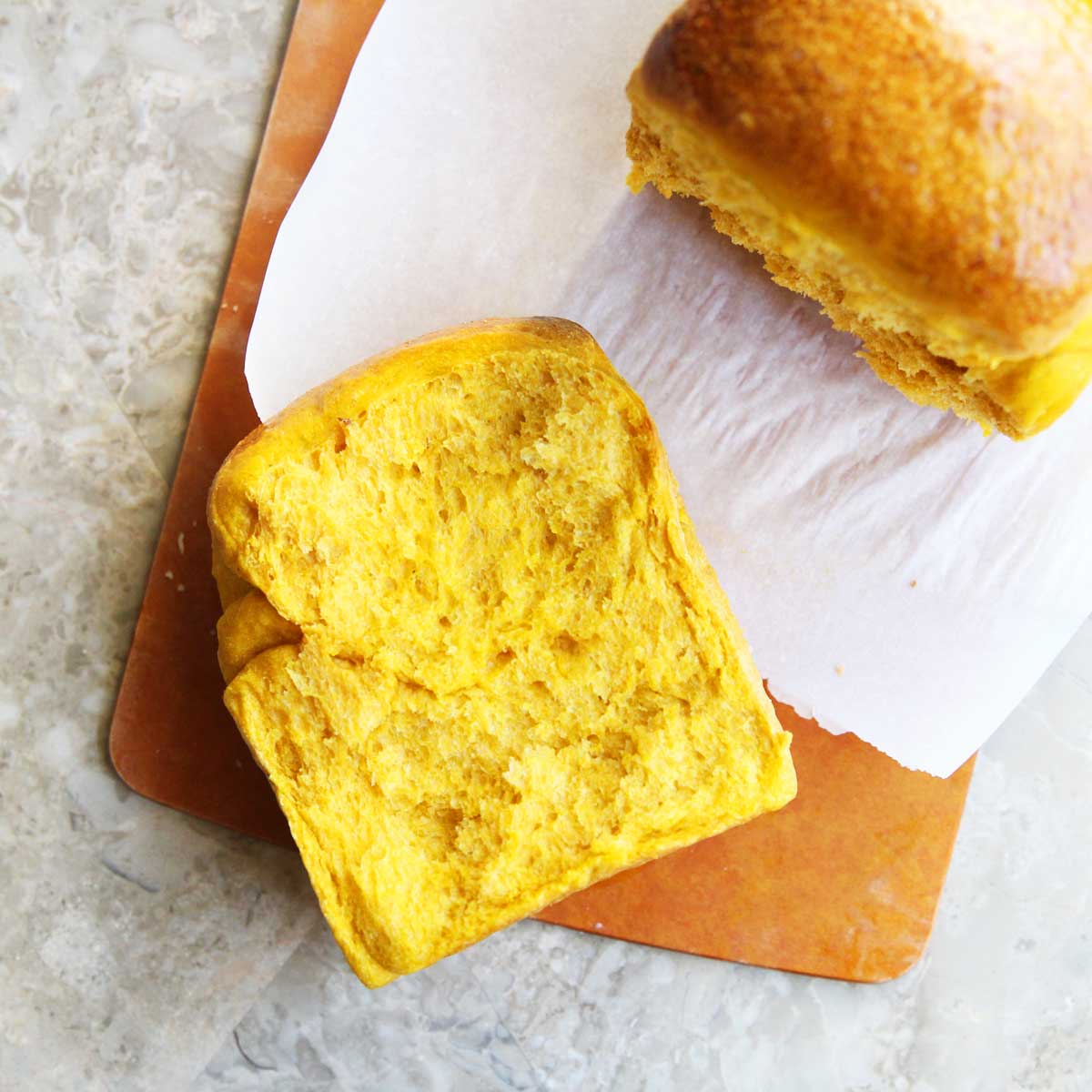
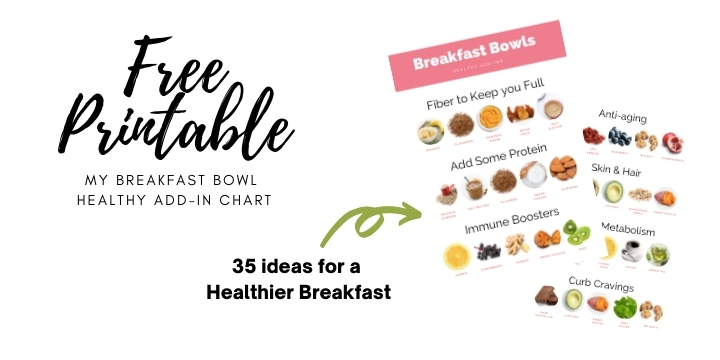
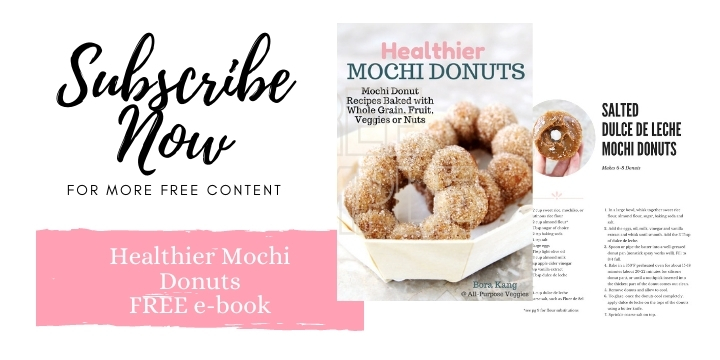
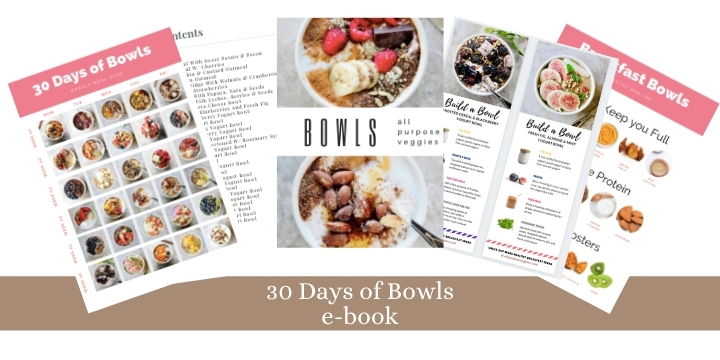
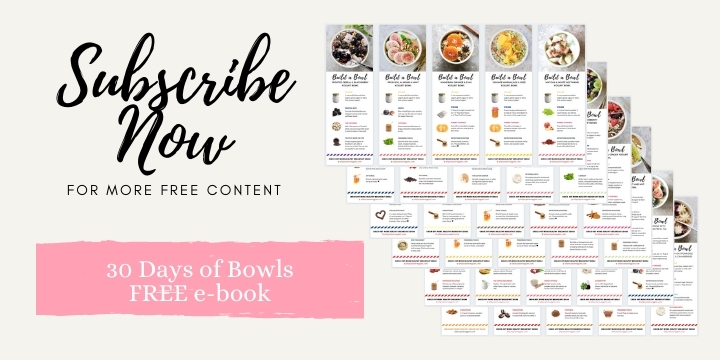
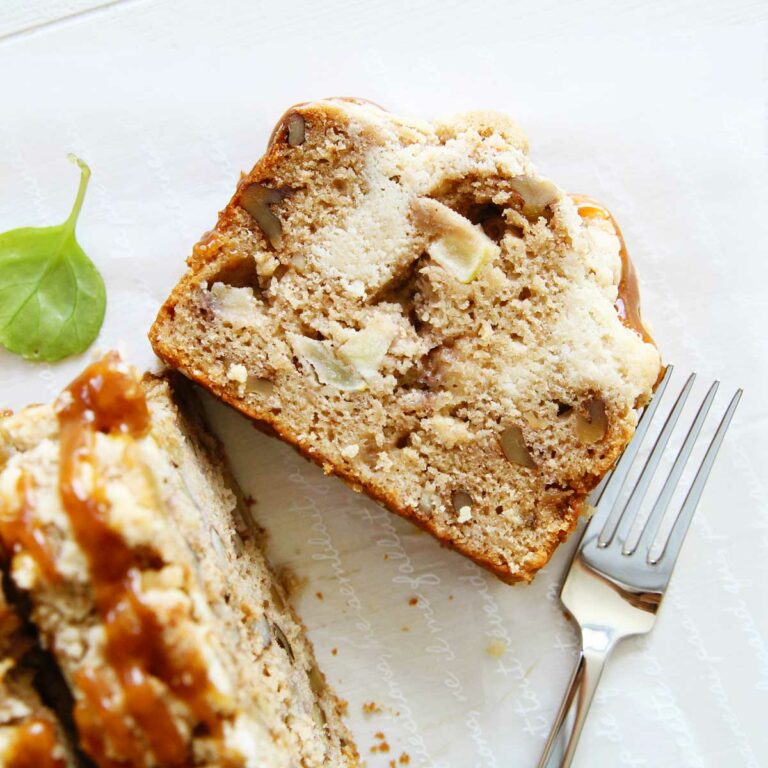
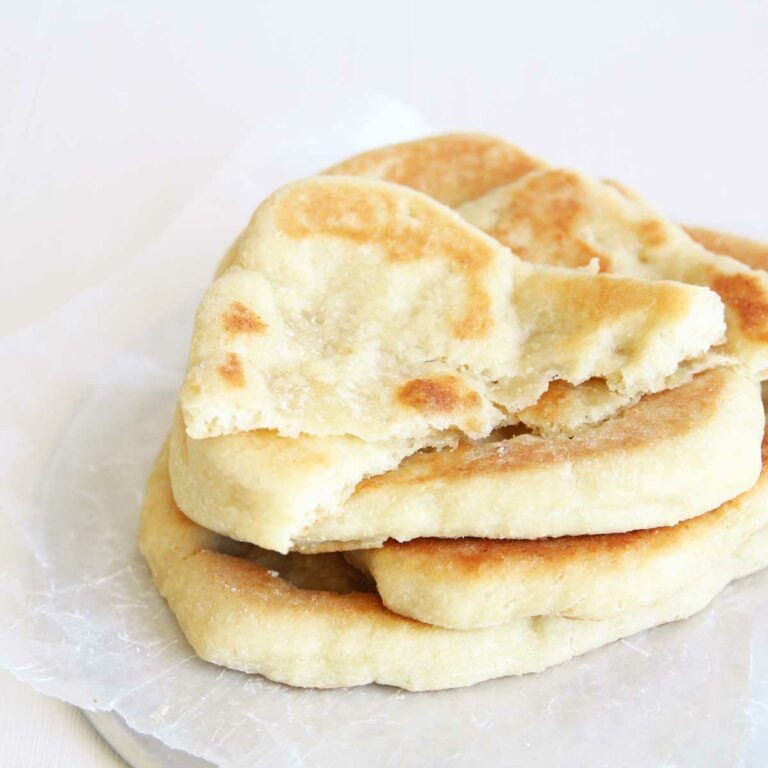
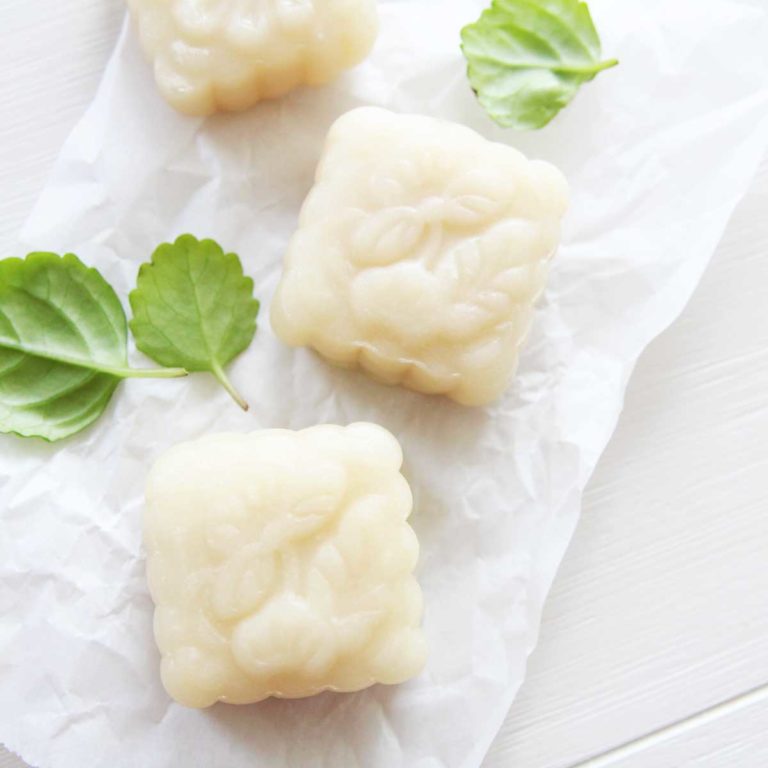
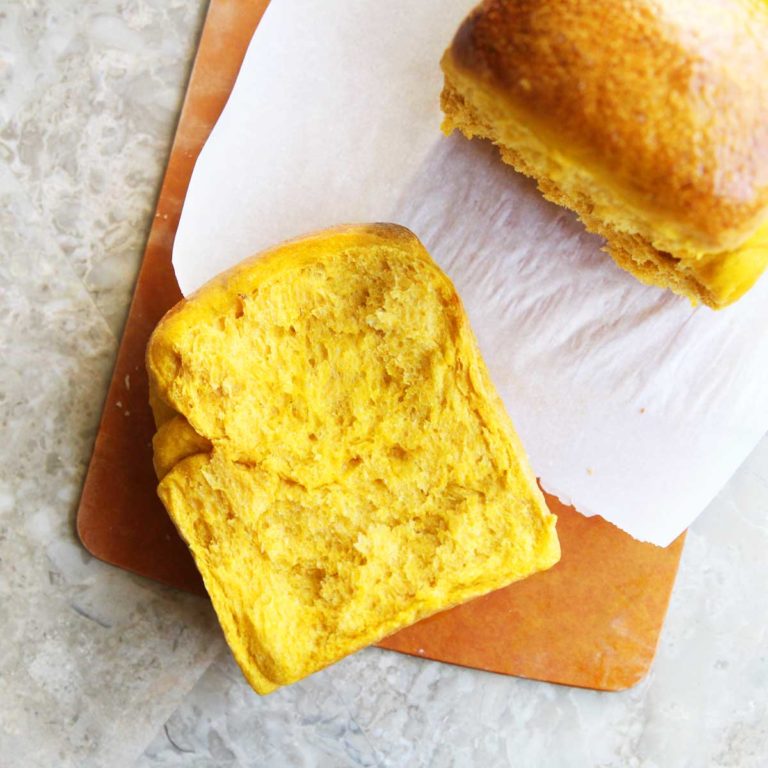
Kim S says
curious if you left out water from the ingredient list. Step 3 says add corn puree and water. Then later it says add water 1 tbl at a time.
All Purpose Veggies says
Hi Kim, I used 2 Tbsp of water. It's also in the ingredient list!